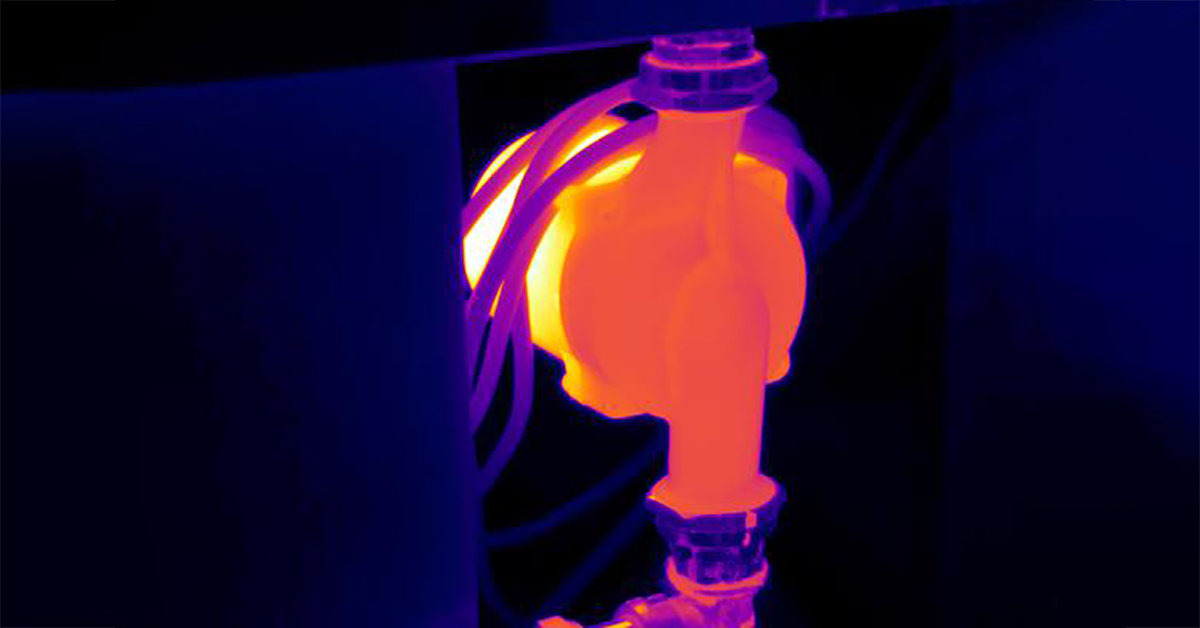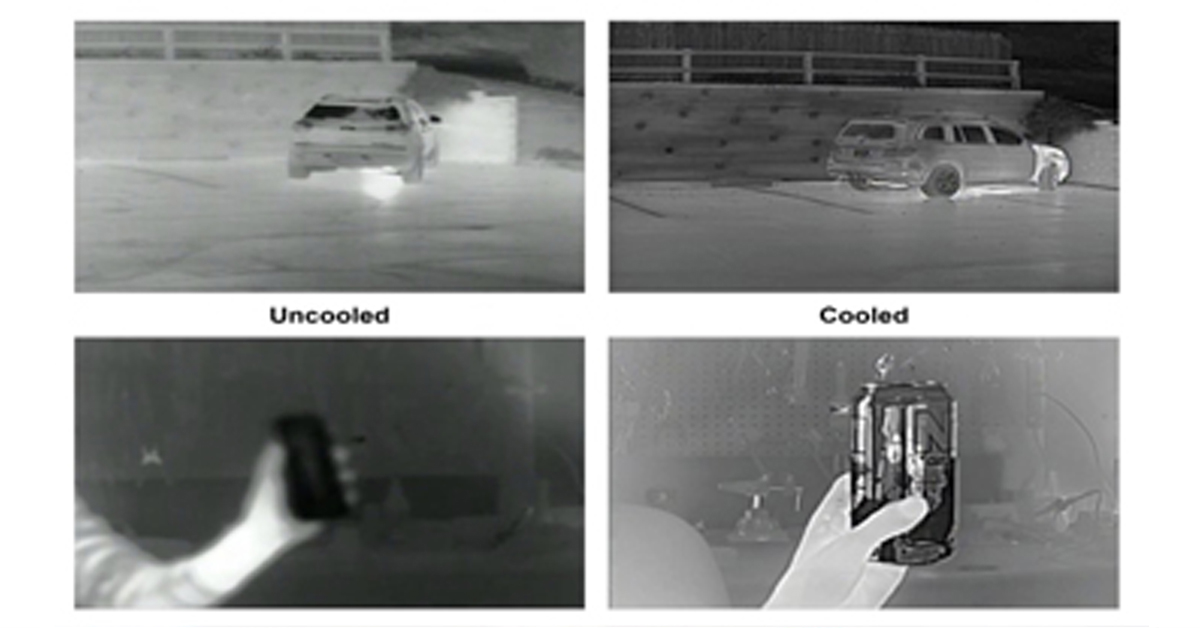
Can Thermal Imaging See Through Walls? And Other Common Questions
Can Thermal Imaging See Through Walls? And Other Common Questions
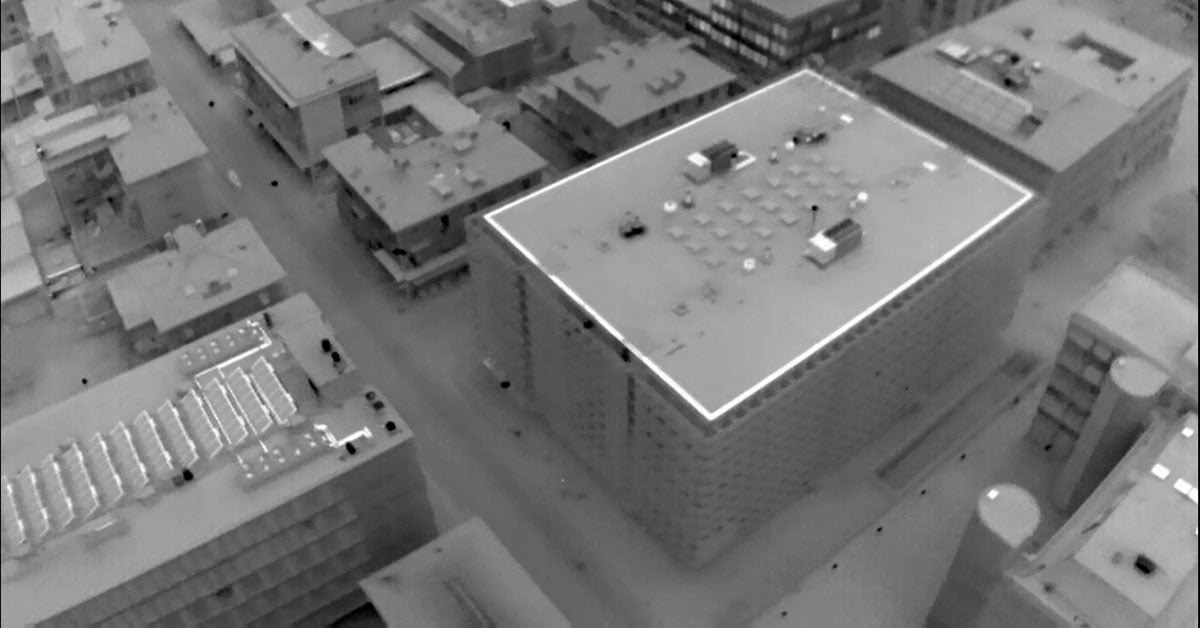
Popular media has been responsible for a wealth of misinformation throughout the years about thermal—or infrared—imaging. What exactly can thermal cameras “see” through? To answer that, here’s a rundown of the most commonly asked questions we receive about what you can and can’t see through using a thermal camera.
(Knowledgeable individuals might point out that thermal cameras don’t “see” anything: they detect heat and then assign colors based on the range of temperatures detected by the sensor. However, we’ll use it as a shorthand in this article.)
Can thermal imaging see through walls?
No, thermal cameras cannot see through walls, at least not like in the movies. Walls are generally thick enough—and insulated enough—to block any infrared radiation from the other side. If you point a thermal camera at a wall, it will detect heat from the wall , not what’s behind it. However, if something inside the wall causes enough of a temperature difference, a thermal imager will be able to sense it on the surface of the wall. Building maintenance professionals often use thermal imagers to detect issues like water leaks or missing insulation without needing to tear down walls to assess the problem.
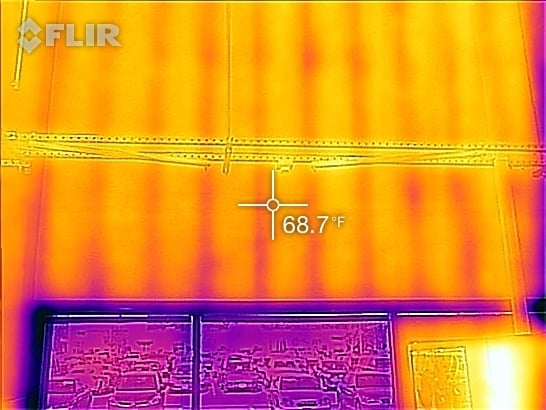
Studs inside the wall (vertical lines) are colder than the insulation, causing a temperature difference on the surface of the wall.
Can thermal imaging see through smoke?
Yes, thermal cameras can detect heat through smoke, and are widely used by firefighters for this purpose. Soot particles in smoke effectively block visible light, but allow infrared radiation to pass through, letting firefighters or other first responders navigate through smoke-filled environments.
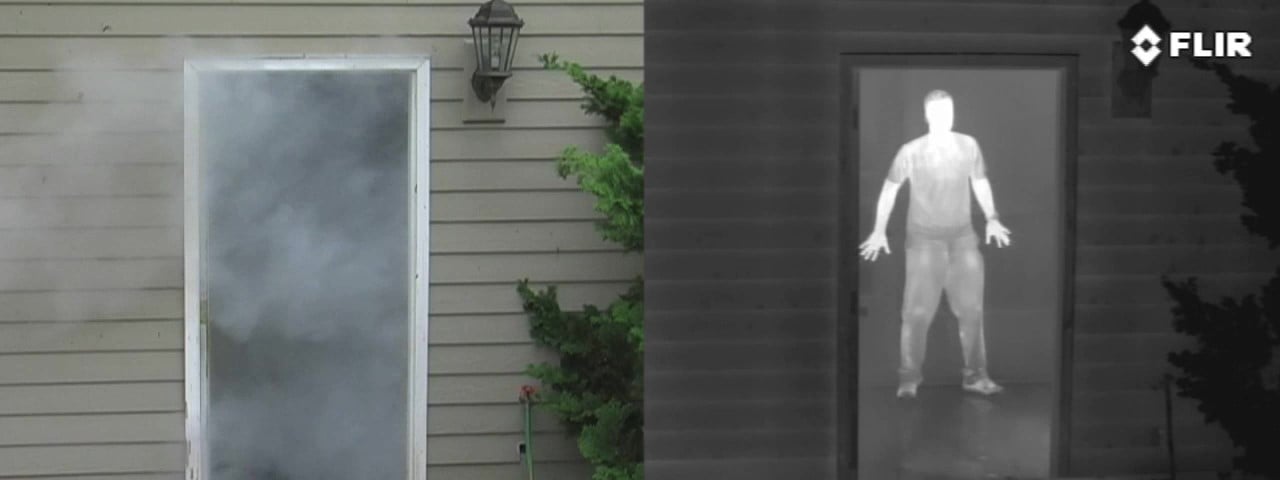
The person in the doorway is concealed by smoke in the visible light spectrum, but easily detected by thermal imaging.
Can thermal imaging see through fog?
Fog and rain have the potential to severely limit the range of a thermal camera due to the scattering of radiation off water droplets. However, in many circumstances, thermal cameras can penetrate fog much more successfully than visible light cameras or the human eye. This is one reason why car manufacturers are incorporating thermal imagers into the sensor suites of autonomous vehicles.
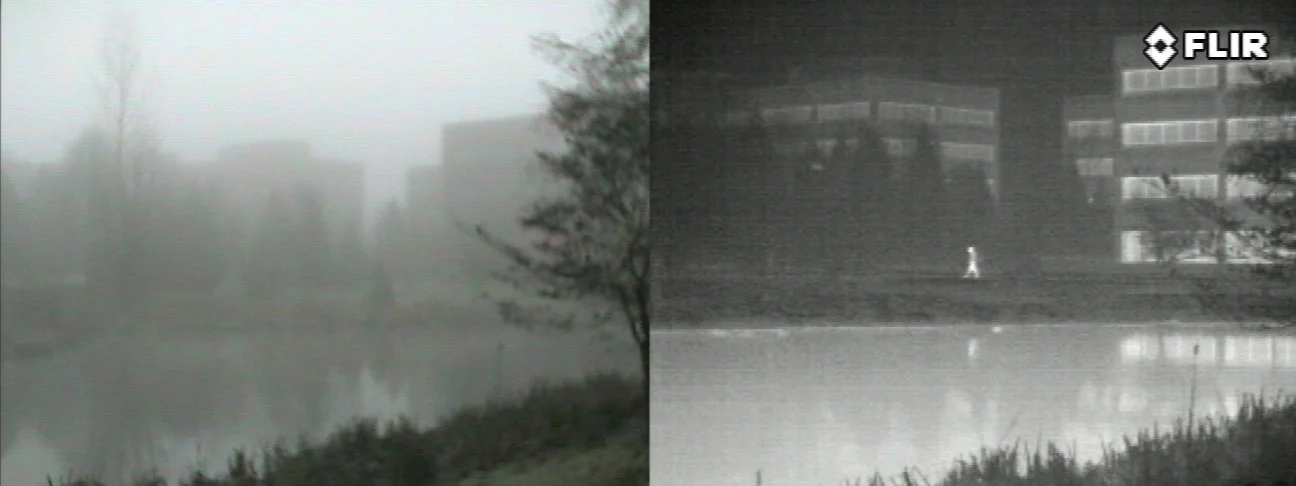
Under certain circumstances, thermal imaging can detect objects through fog much more clearly than visible light detectors.
Can thermal imaging see through glass?
Fun fact: glass acts like a mirror for infrared radiation. If you point a thermal imager at a window, you won’t see anything on the other side of the glass, but you will get a nice reflection of yourself in thermal. This is because glass is a highly reflective material, meaning it shows the reflected temperatures of objects rather than letting infrared radiation be transmitted through. The same principle applies to other reflective materials, like polished metal.
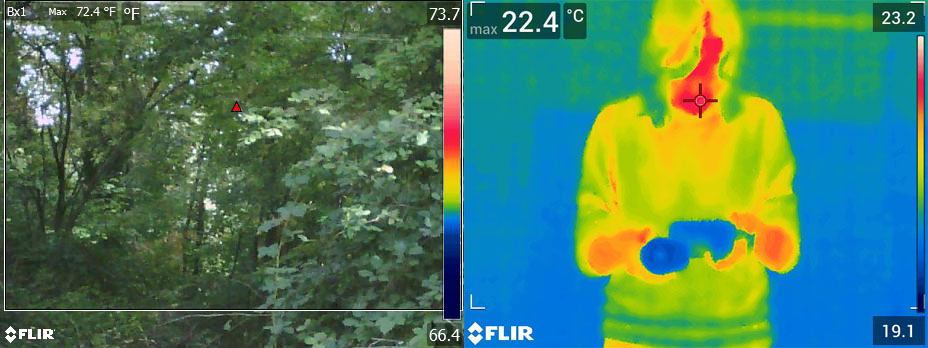
The digital camera sees through the glass to the trees outside, while the thermal camera sees the reflected heat of the photographer.
Can thermal imaging see through concrete?
The answer to this question is basically the same as the question for walls—no, but a thermal camera might be able to detect something inside the concrete like a pipe or radiant heating that causes a temperature difference on the surface of the concrete.
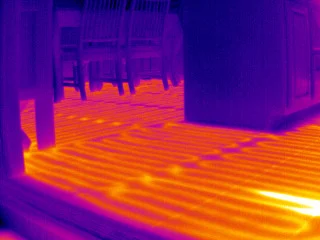
Radiant underfloor heating is clearly visible under a concrete floor.
Can thermal imaging see through metal?
Metal can be a tricky material in the thermography world. Shiny metal—any metal object that is smooth or polished—will reflect infrared radiation, acting as an infrared mirror just like glass. This can cause difficulties for anyone trying to monitor pipes or machinery for overheating parts. Oxidized metal or metal that has been painted with a matte material is much easier to measure accurately (check out our article Using Low-Cost Materials to Increase Target Emissivity to learn more). In all cases, thermal cameras can never see “through” metal objects, but conductive metals might reveal hot spots, cold spots, or the level of a substance inside a metal container.
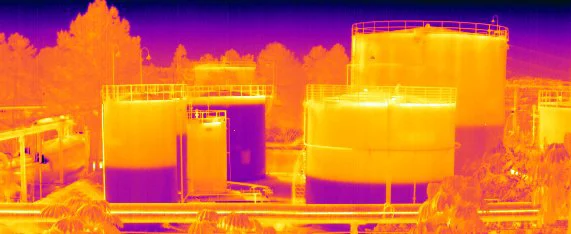
It’s easy to see how full these tanks are in infrared because of the temperature difference on the metal surface caused by the liquid inside.
Can thermal imaging see through trees?
A thermal camera can’t detect objects through the trunk of a tree, but thermal can help with spotting people or animals in forested areas. Search and rescue teams often employ thermal imaging to spot heat signatures when searching through large tracts of wilderness.
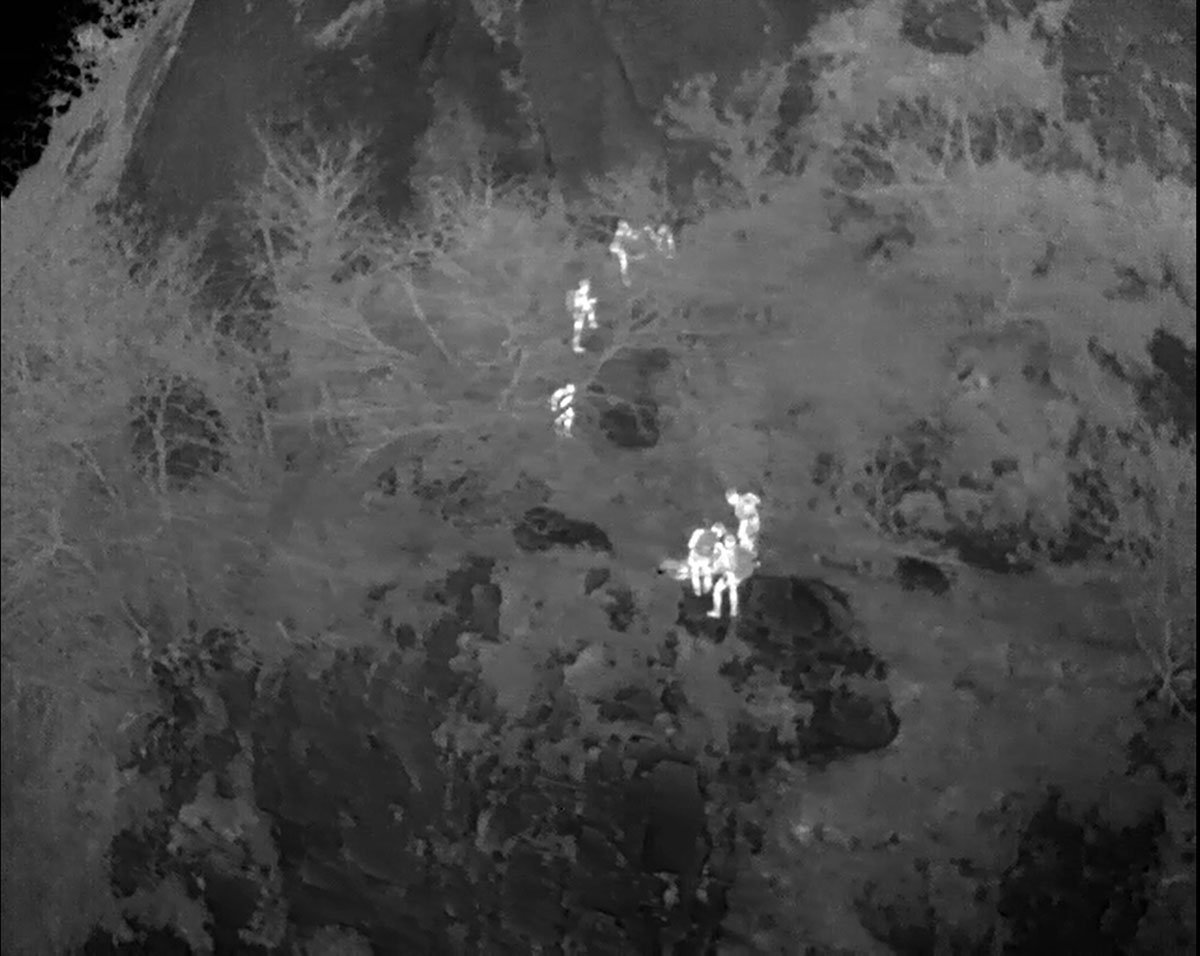
Thermal imaging cannot see through trees (or wood), but it can be helpful for spotting people in forested areas where their heat signatures stand out much more than a visible image might.
Can thermal imaging see through plastic?
A fun party trick to perform with a thermal camera is to hold up a thin, opaque sheet of plastic (like a garbage bag) in front of a warm object or person. Infrared radiation will pass through the plastic, allowing the thermal camera to detect whatever is behind it, while visible light will be blocked. However, this trick only works with very thin plastic—thicker plastics will block infrared radiation.
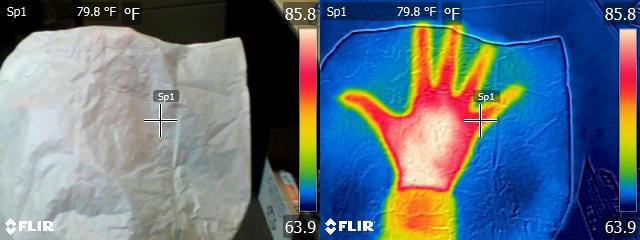
Visible light is mostly blocked by the plastic bag, but infrared radiation is transmitted.
Can thermal imaging see in the dark?
Final bonus question! The answer: yes! Thermal imaging is not affected by darkness at all, requiring no visible light to visualize heat. (Check out our article on Thermal Imaging vs. Night Vision to learn more.)
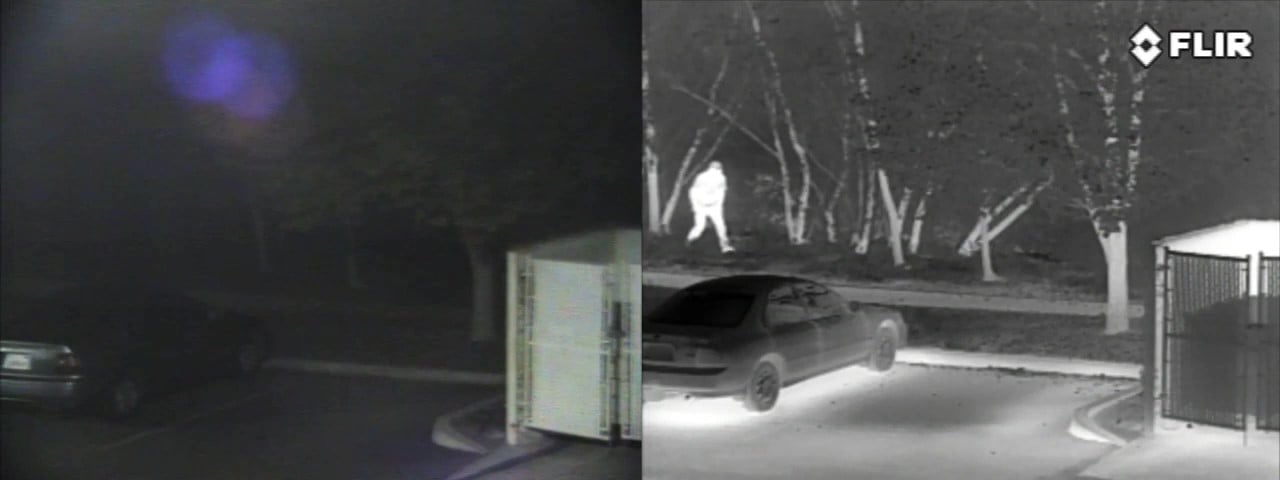
CCTV footage vs thermal imaging demonstrates that thermal requires no visible light to form an image.
Blog Posts


Thermal Camera Selection
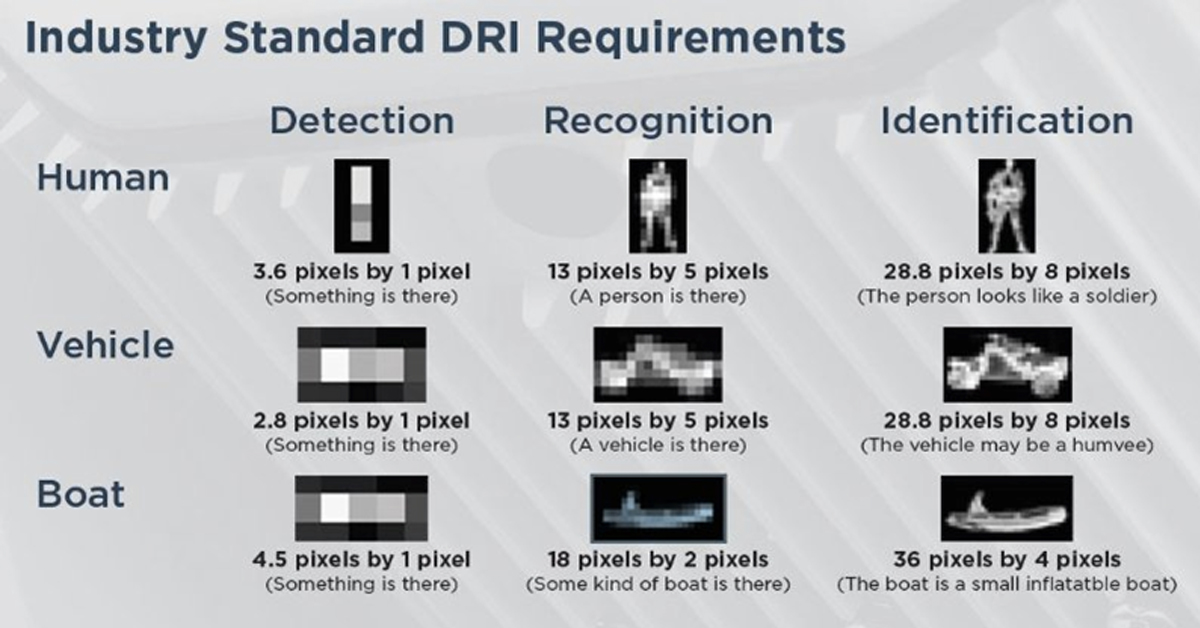
How Far Can I See?

How Should Human Temperature Be Measured?

What is Wide Dynamic Range?
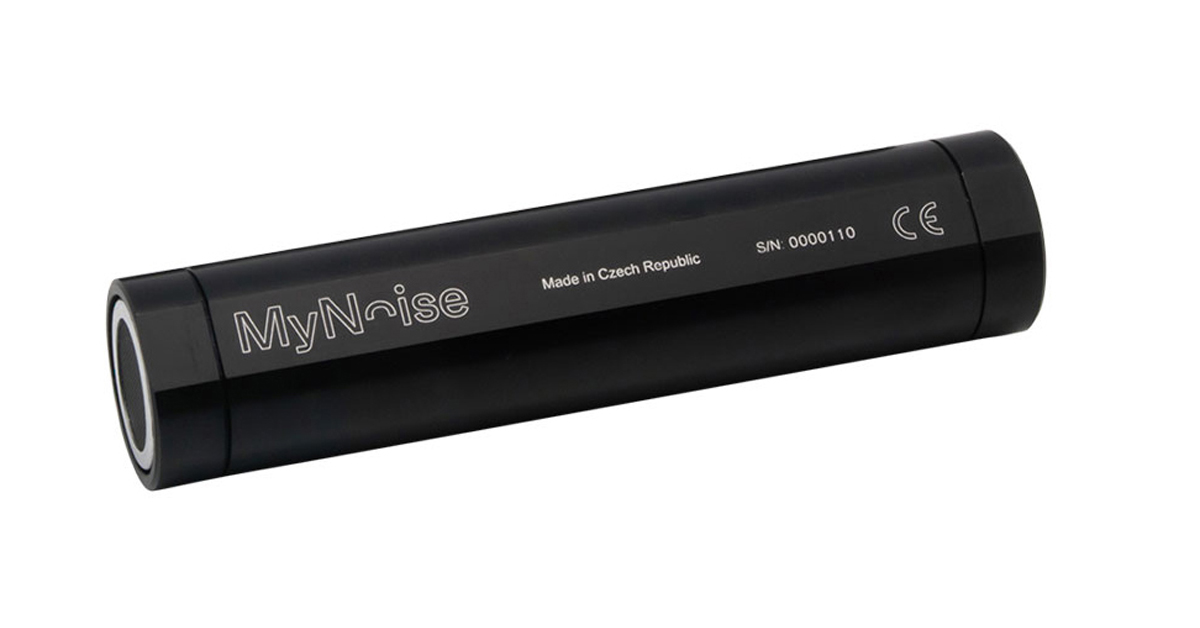
MYNOISE AUDIO MIXER REVIEW

WHAT IS A WIRELESS DISTRIBUTION SYSTEM?

POE VS. POE+ VS. POE++: CHOOSING THE RIGHT INDUSTRIAL ETHERNET SWITCH FOR YOU

INDUSTRY-LEADING INDUSTRIAL ETHERNET SWITCHES

UNDERSTANDING WHAT THE INDUSTRIAL INTERNET OF THINGS IS
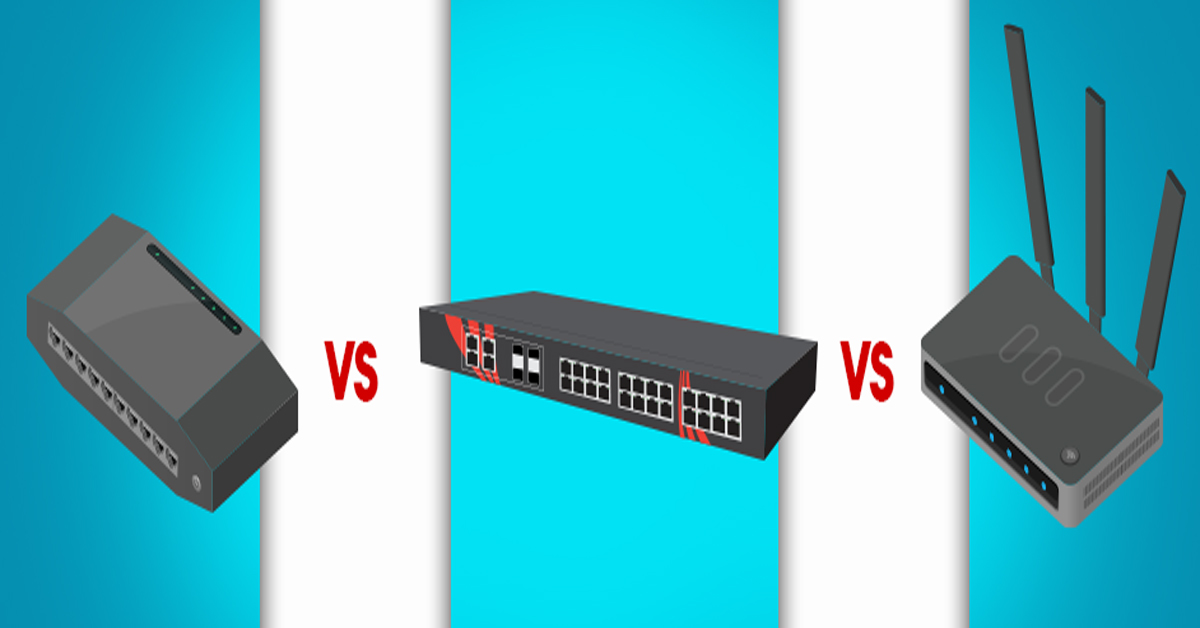
THE DIFFERENCE BETWEEN A HUB, SWITCH, & ROUTER
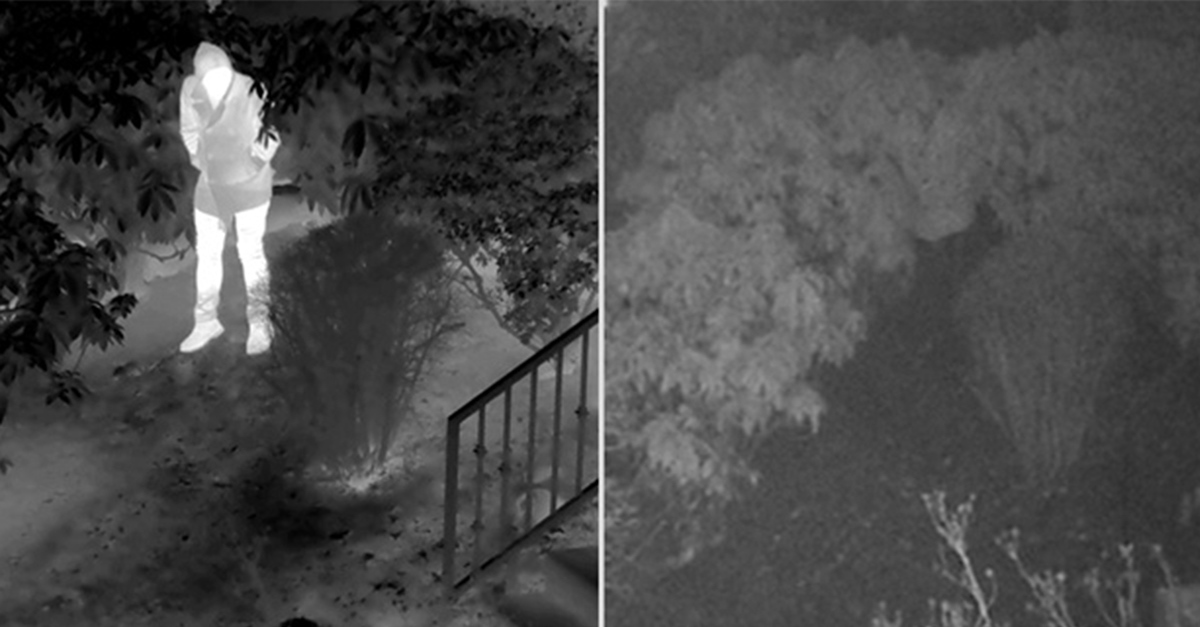
5 Benefits of Thermal Imaging Cameras

DIFFERENCE BETWEEN INDUSTRIAL ETHERNET AND REGULAR ETHERNET

INDUSTRIAL NETWORKING EQUIPMENT USED FOR AUTONOMOUS VEHICLES

CYBERSECURITY: PROTECTING INDUSTRIAL CONTROL SYSTEMS
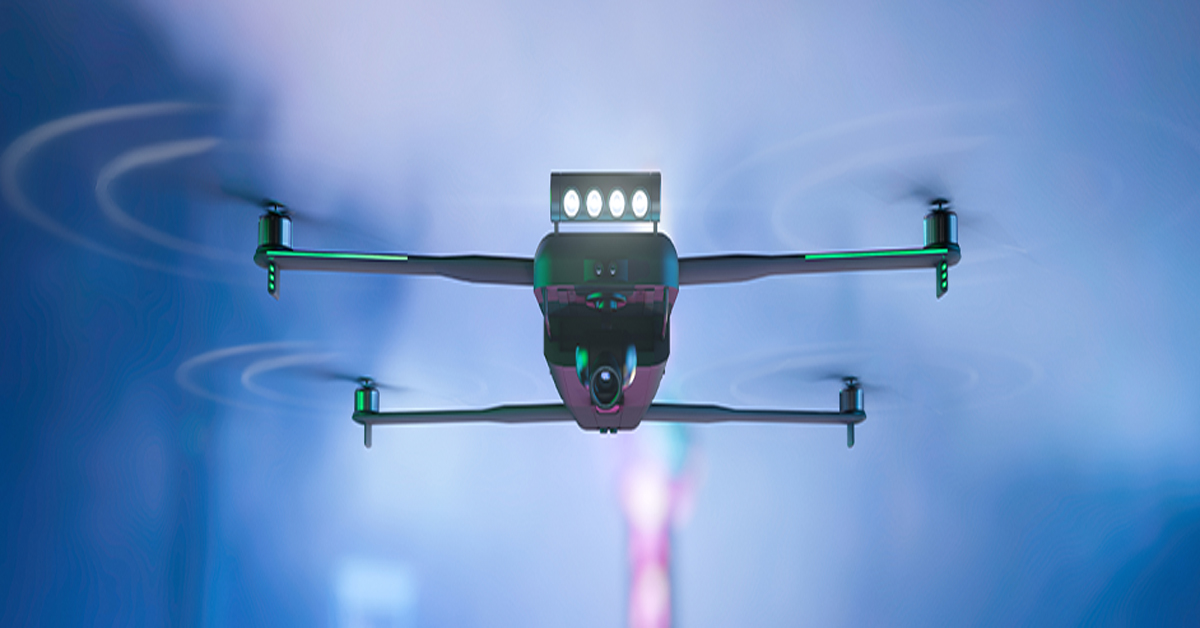
HOW INDUSTRIAL NETWORKING CAN PROVIDE SECURITY FROM DRONES
.webp)
Thermal Cameras Reveal How to Keep Your Home Cool During a Heat Wave
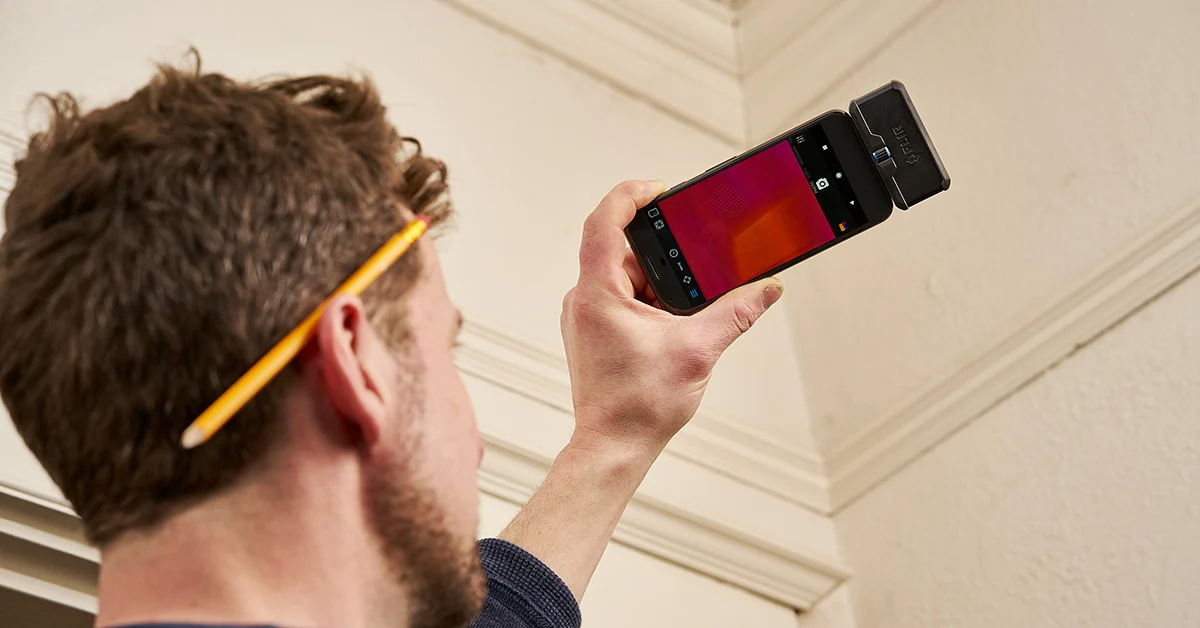
FLıR ONE PRO
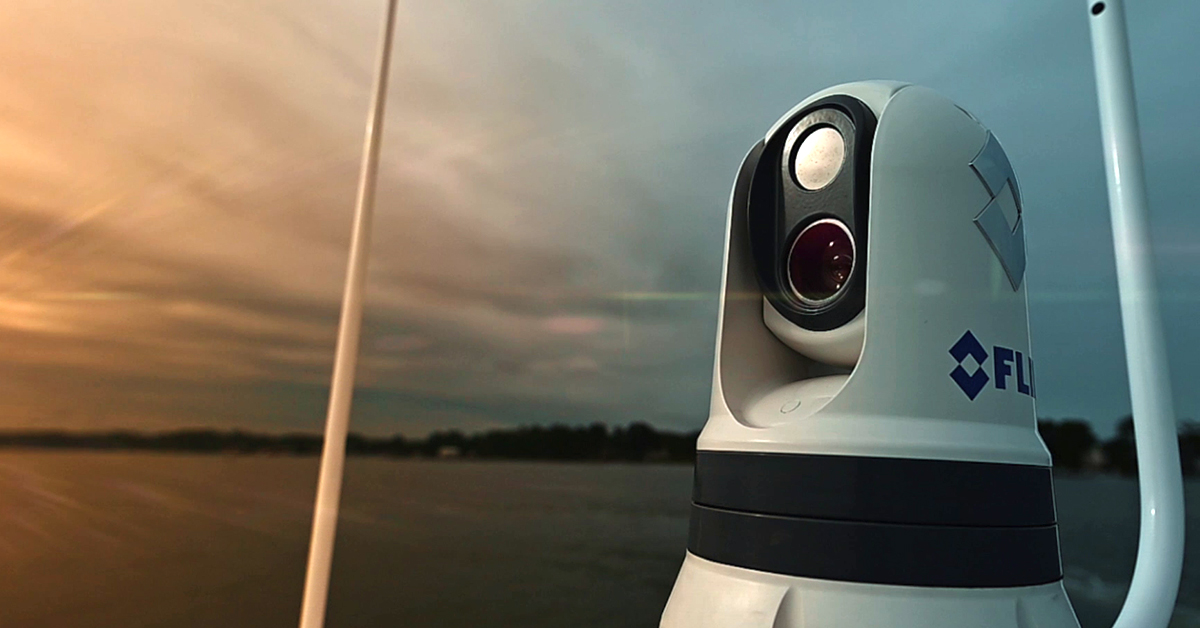
On the Water with the FLIR M364C
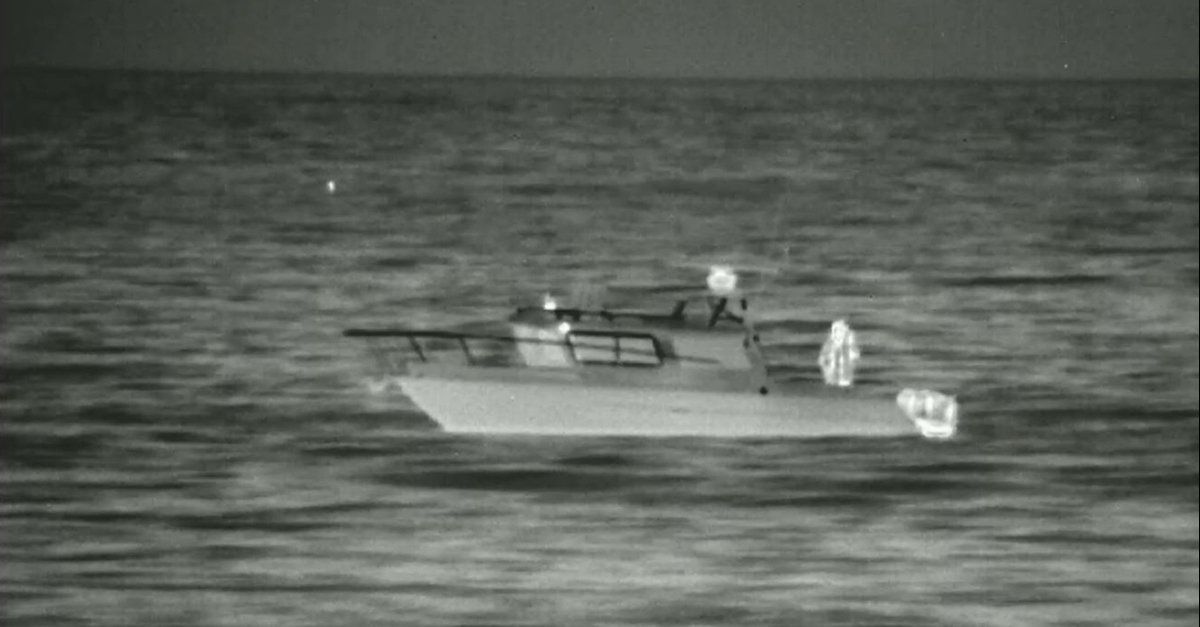
Unmatched Maritime Awareness with Cooled Thermal Imaging

What Is the Right Handheld Thermal Camera for You?
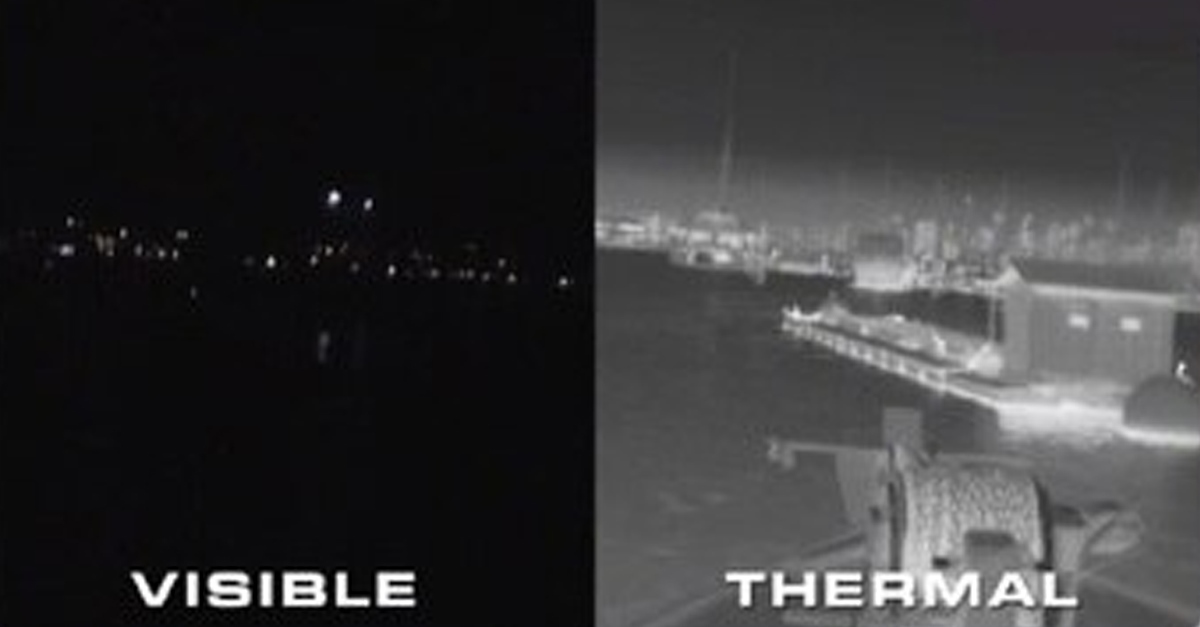
Camera Resolution and Range
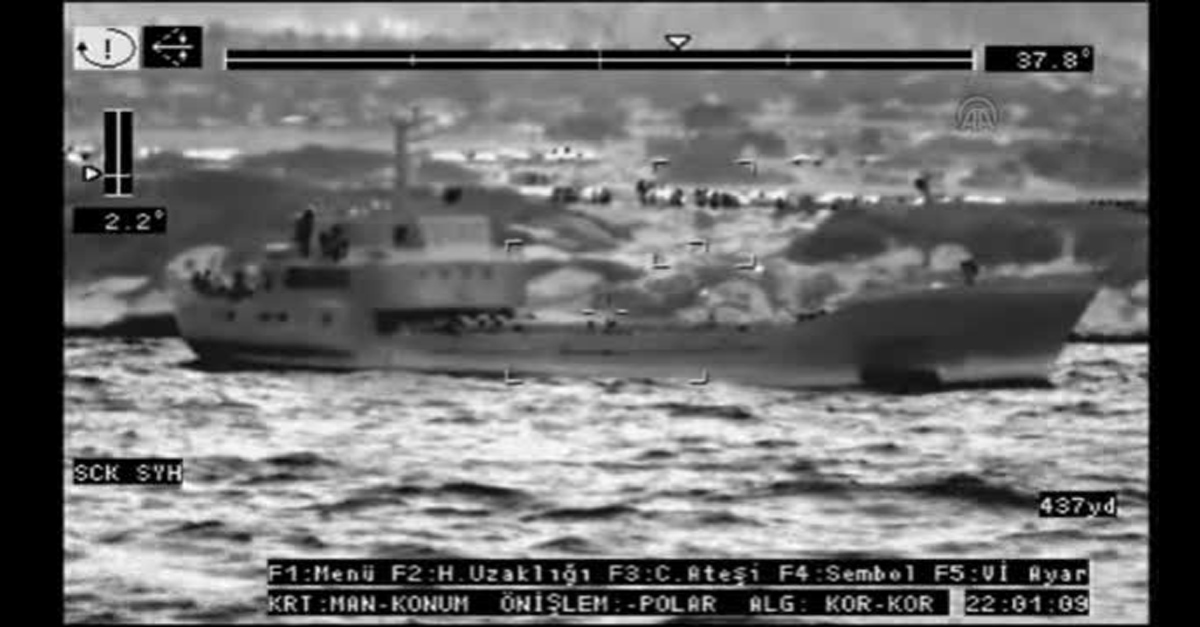
Special Applications for Marine Cameras

What’s The Difference between Thermal Imaging and Night Vision?
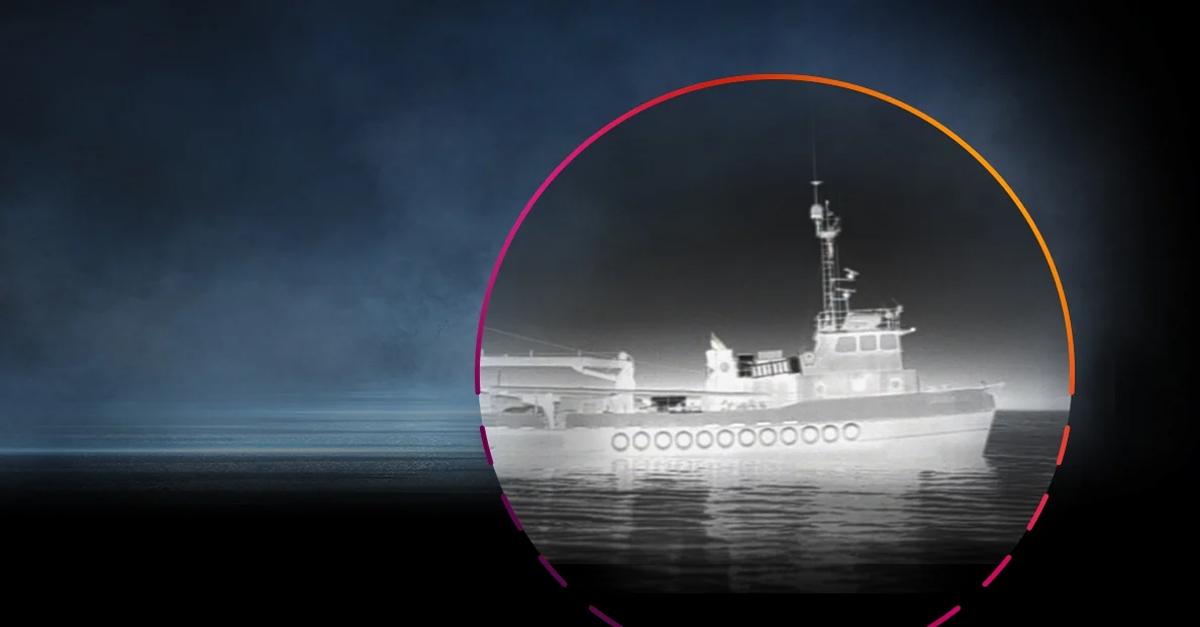
Can Thermal Imaging See Through Fog and Rain?
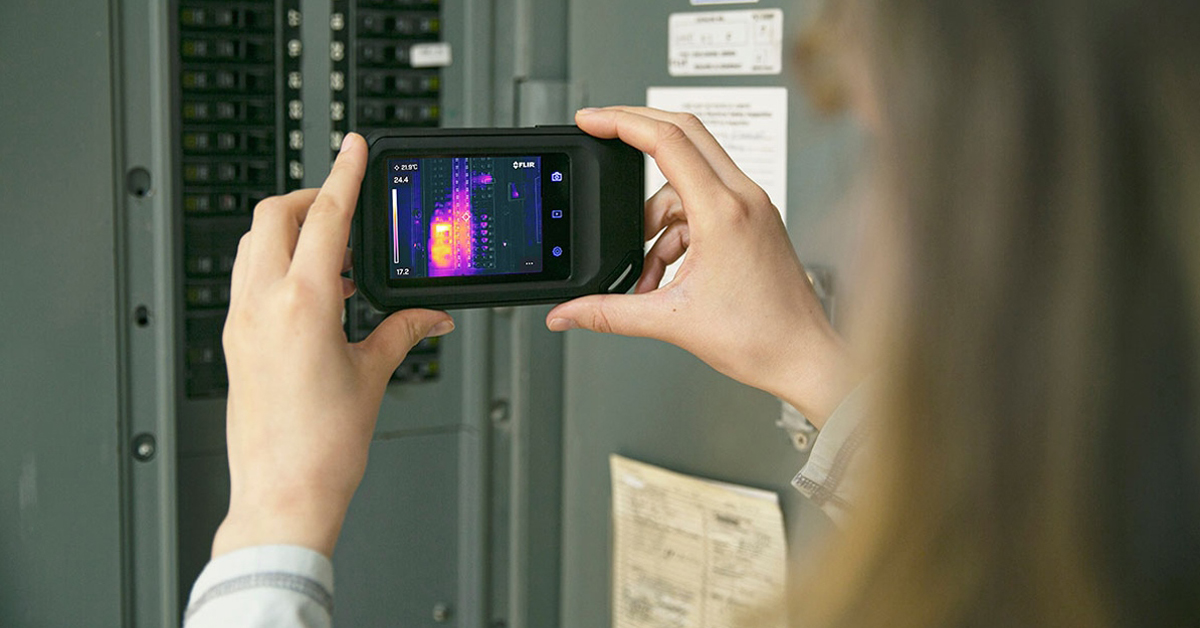
Which Cx-Series Camera Is Right for You?
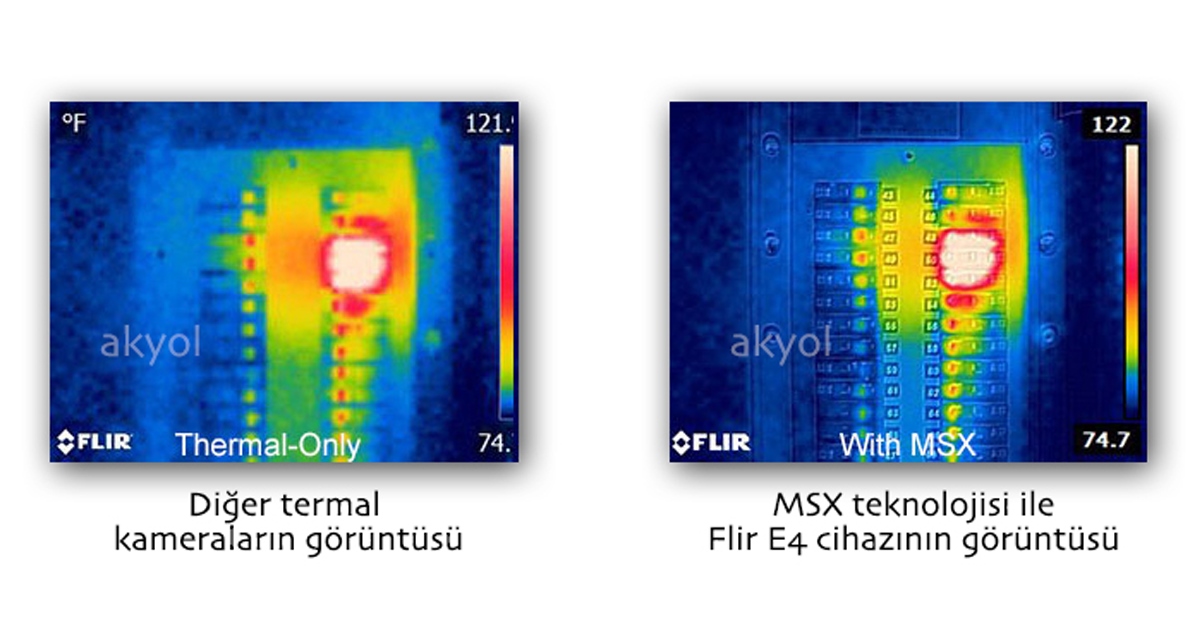
What is MSX®?

Five Reasons Maritime First Responders Need Thermal Imaging
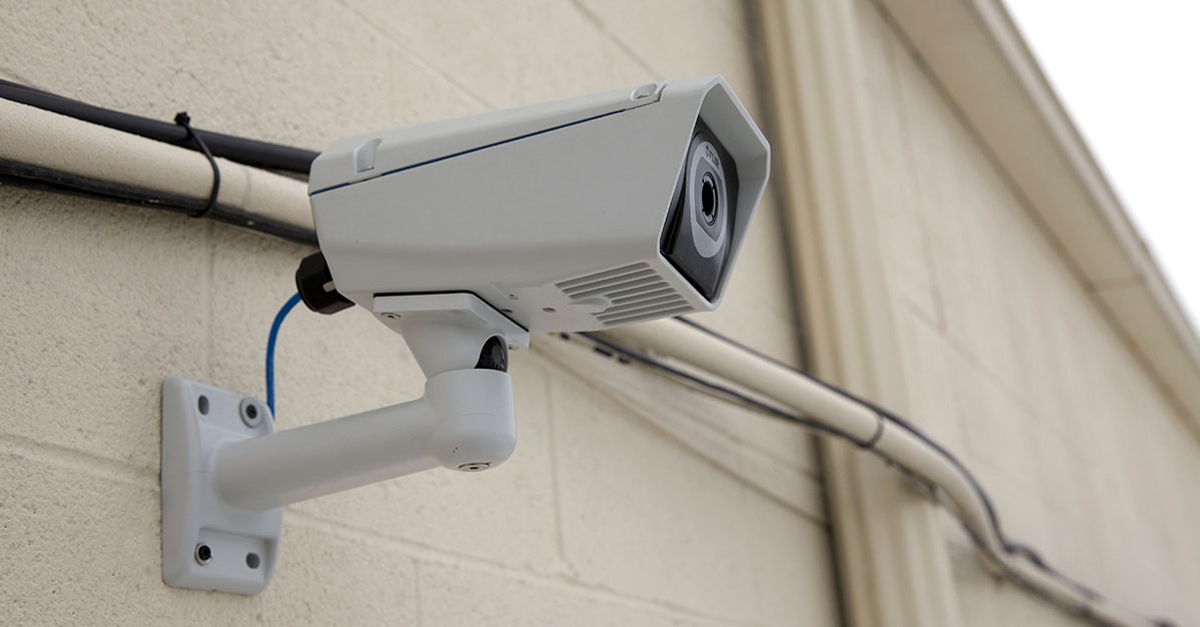
3 Distinguishing Features of Superior Thermal Cameras
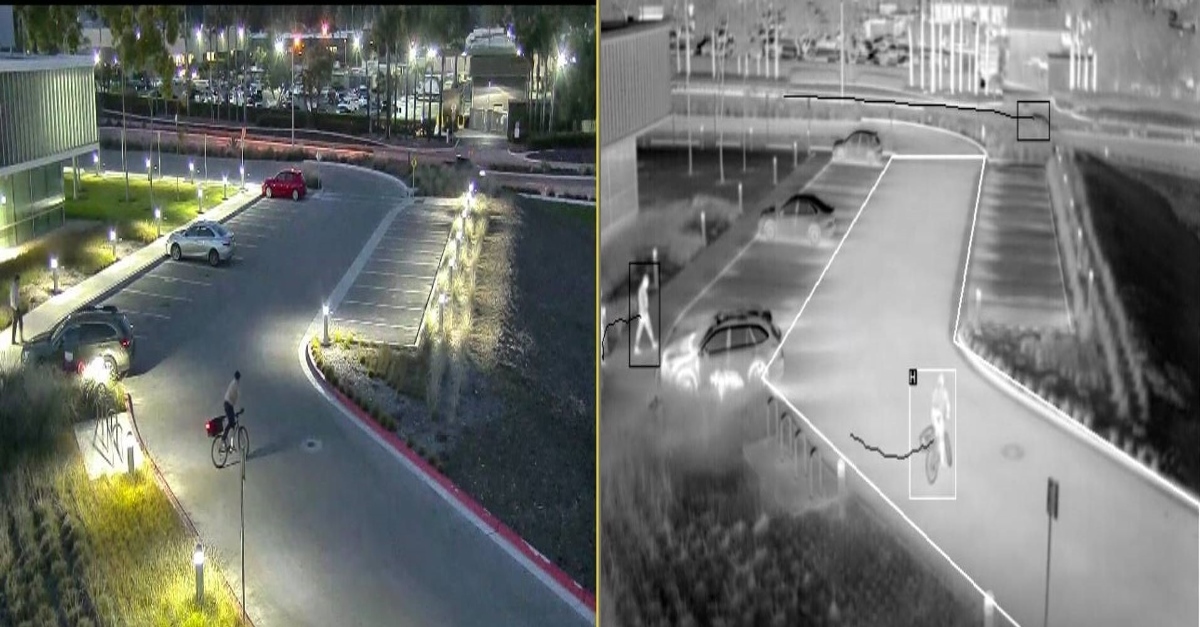
Determine Which Visible and Thermal Security Cameras You Need
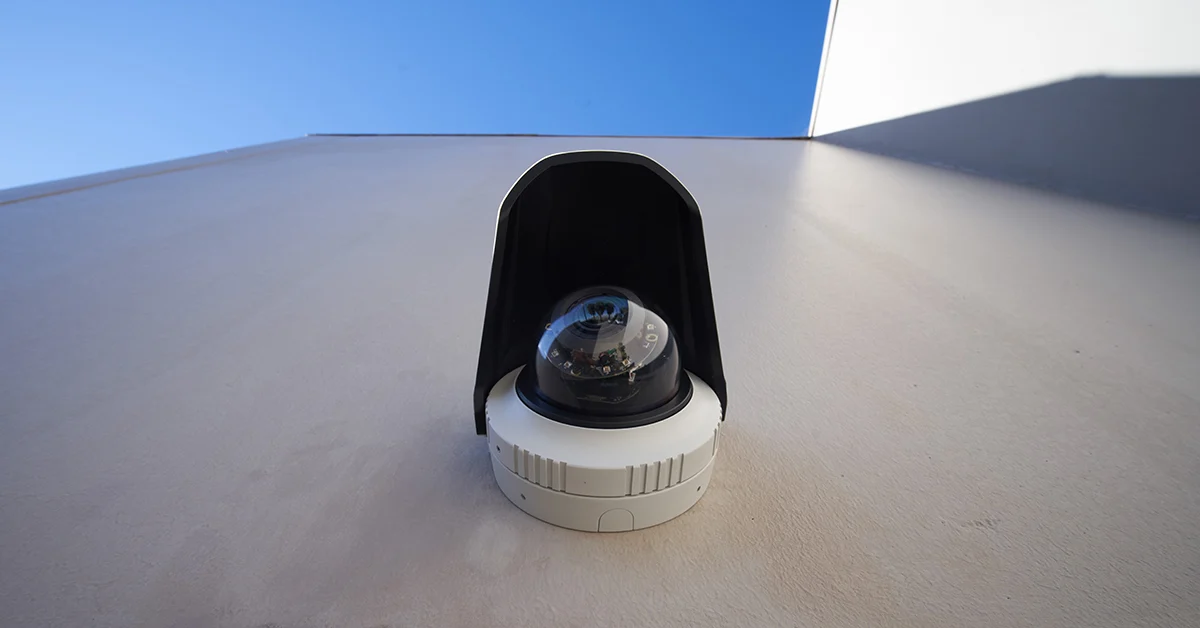
Bullet vs. PTZ vs. Dome: Which Security Camera Is Right for You?
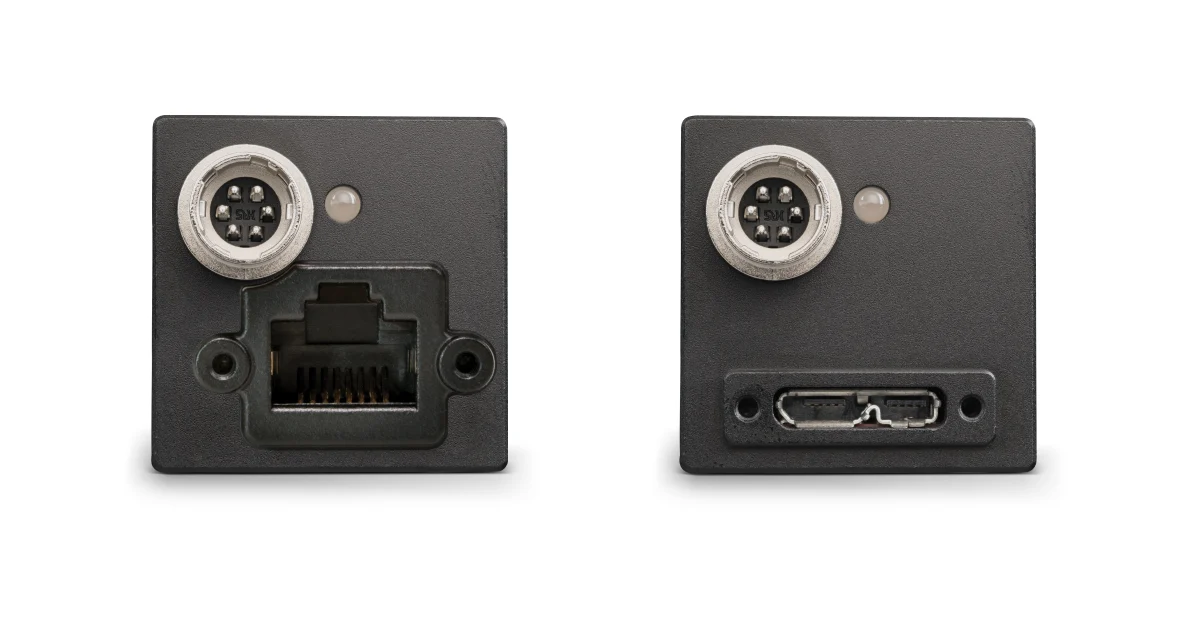
Interfaces for Machine Vision
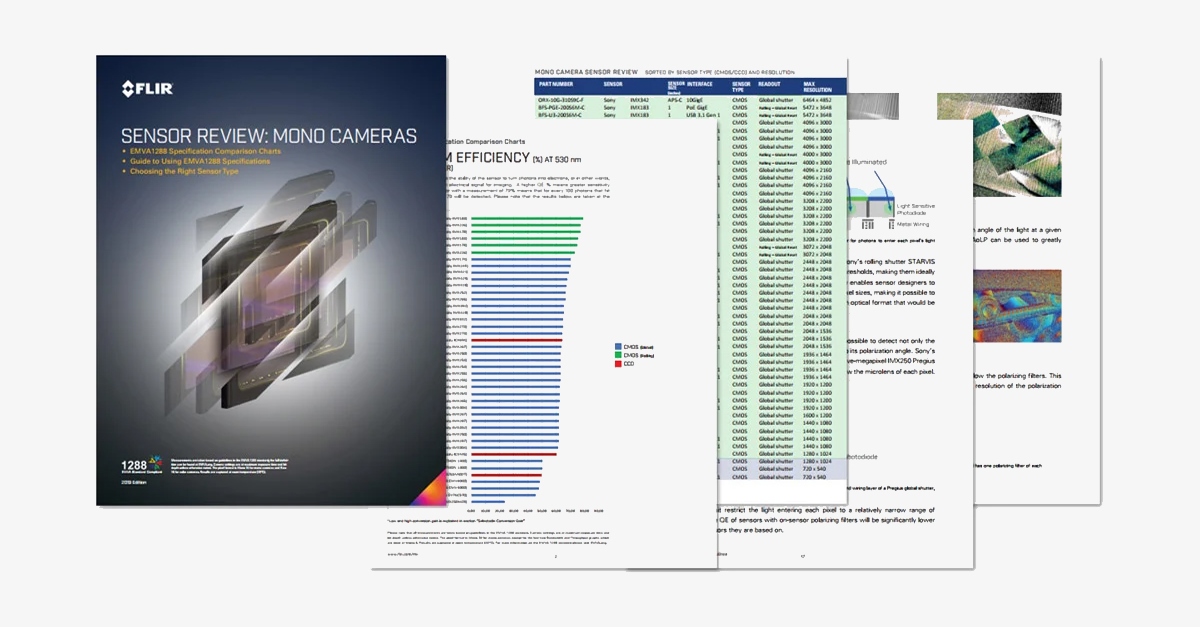
Machine Vision Sensor Review
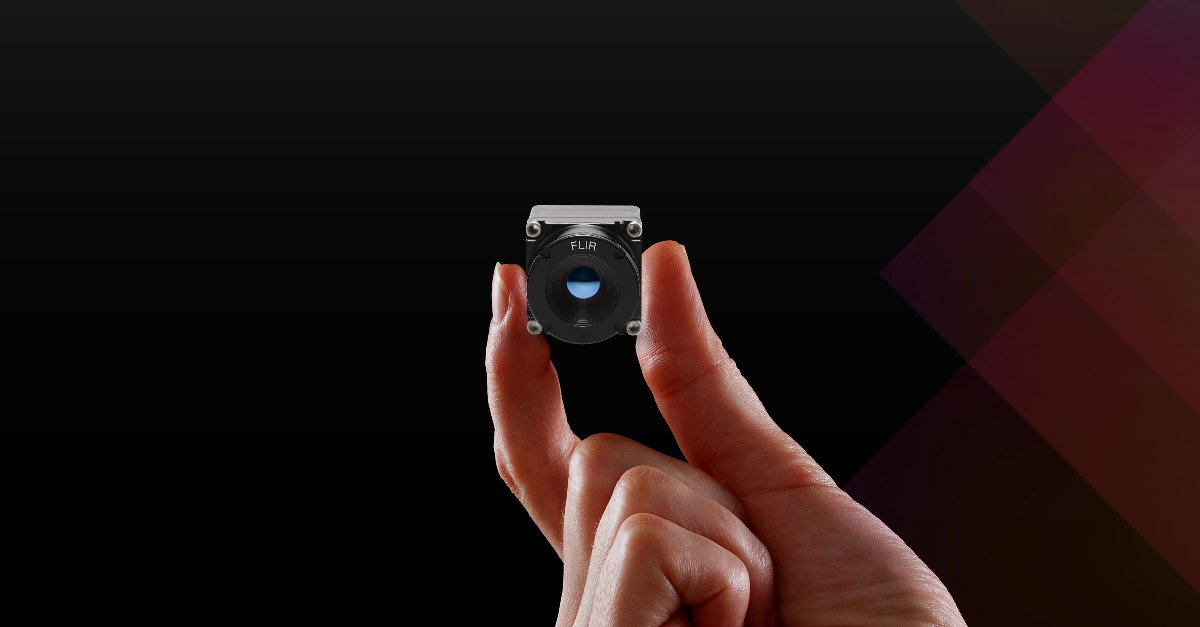
Teledyne FLIR, the Industry Leader, Launches Boson +, a Long-Wave Infrared Thermal Imager Module with an Accuracy of Less Than 20 mK

Whitepaper: IP-Based Security Convergence
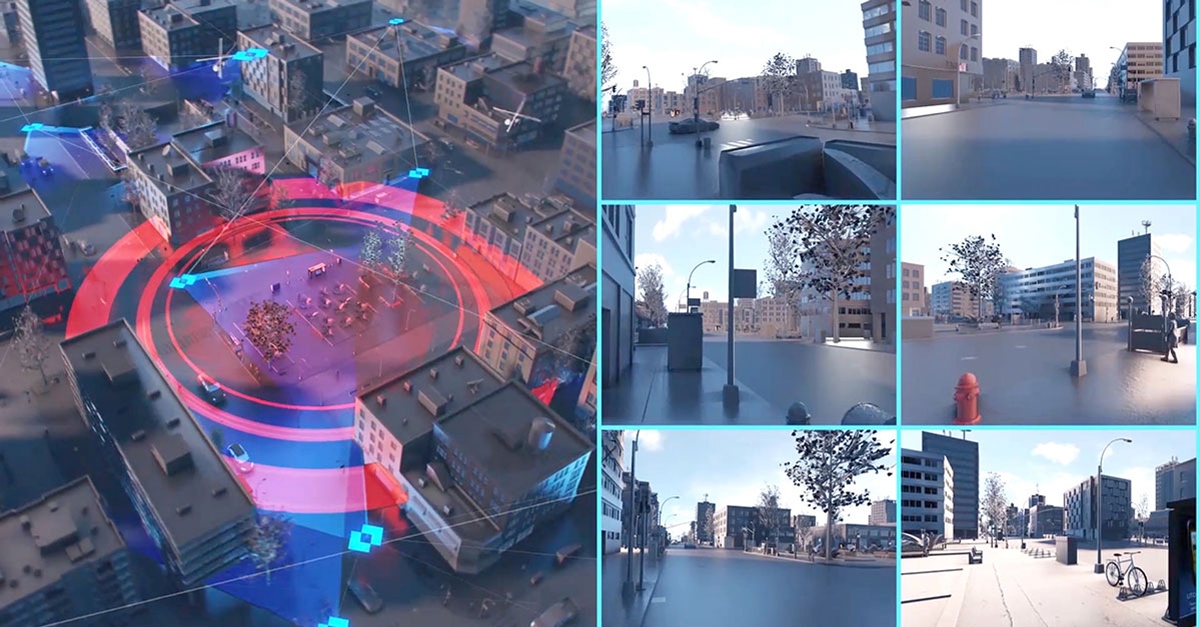
3 Technologies Transforming Safe Cities into Smart Cities

Insights from the Field: Ensuring Workplace Safety Using Thermal Camera Screening for Entry Control
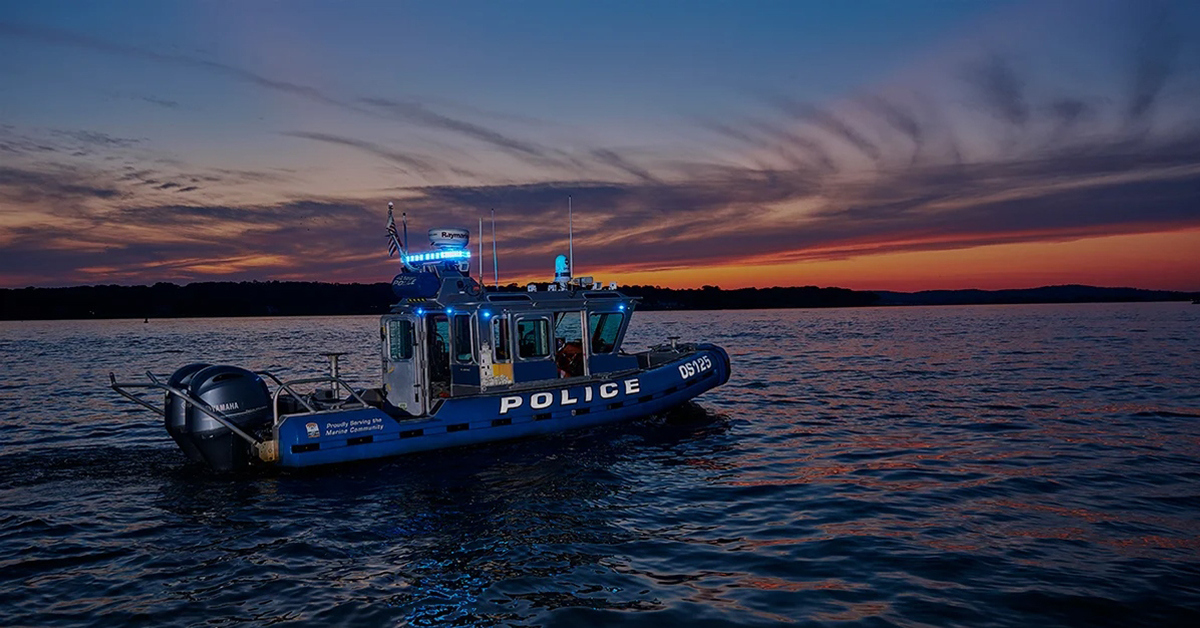
Thermal Night Vision as a Force Multiplier

Can Thermal Imaging See Through Walls? And Other Common Questions
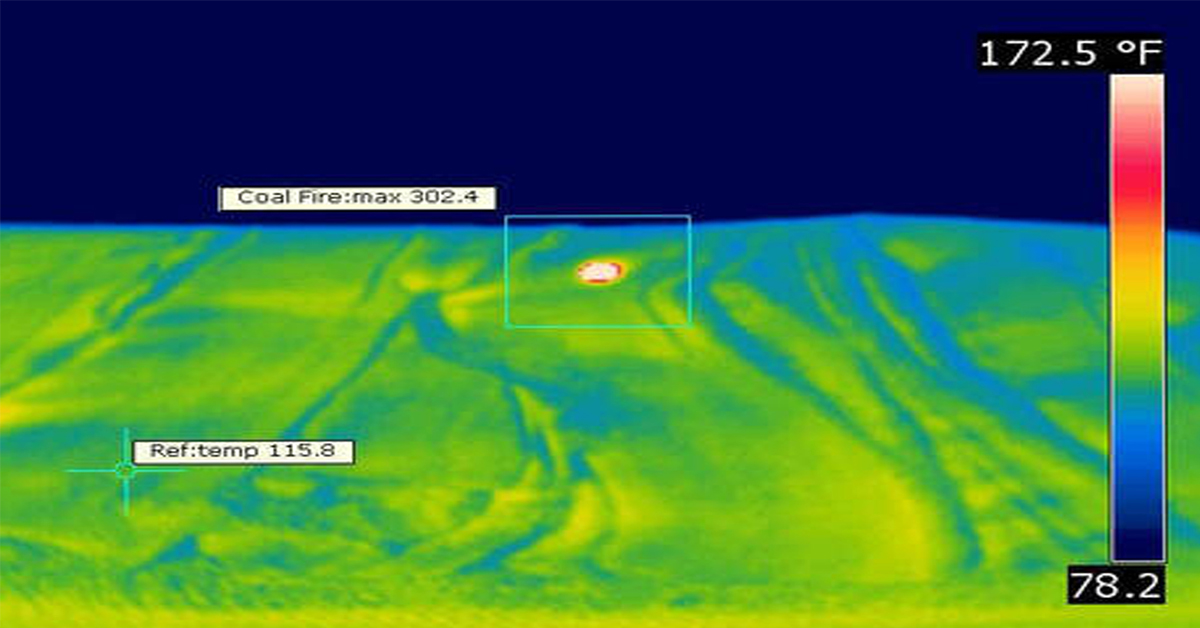
Application Spotlight: Early Fire Detection for Rapid Heat Generation
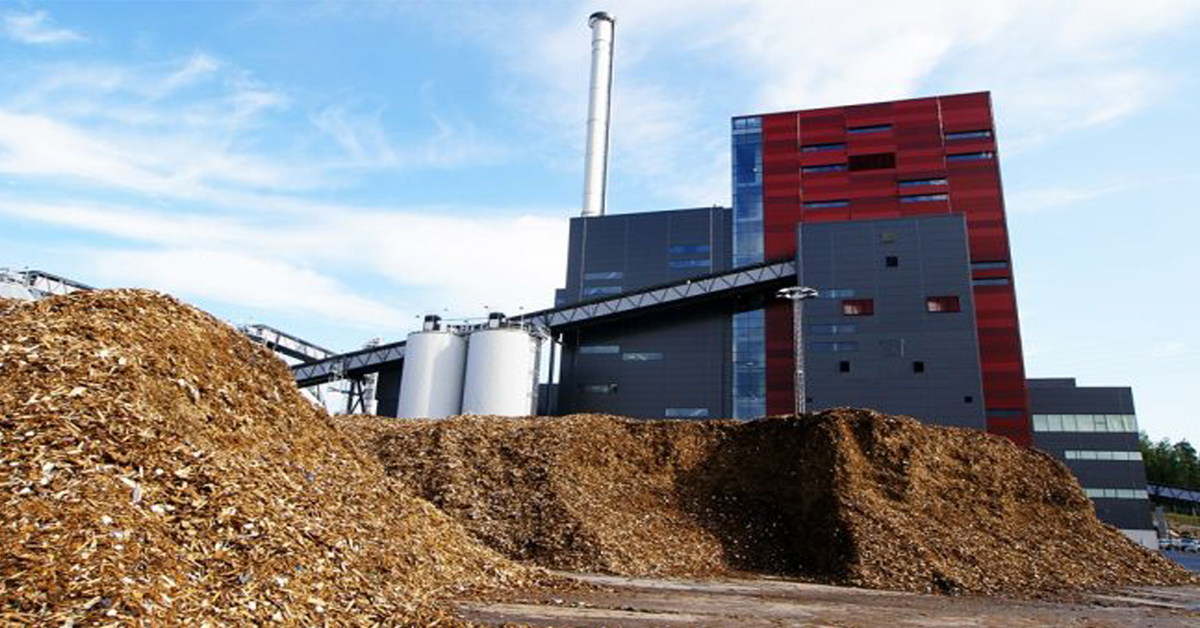
Protect Personnel and Equipment by Detecting Early Signs of Fire
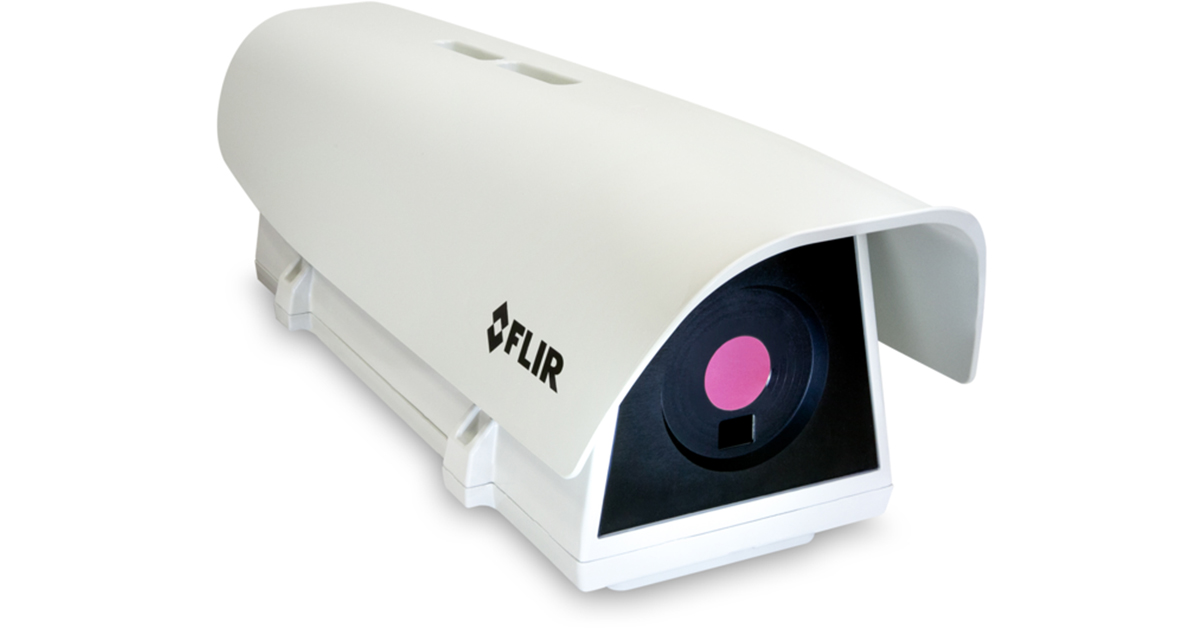
Teledyne FLIR Launches A500f/A700f Cameras for Fire Detection and Condition Monitoring

Thermal Imaging Cameras Help Guarantee Fire Safety in Tunnels
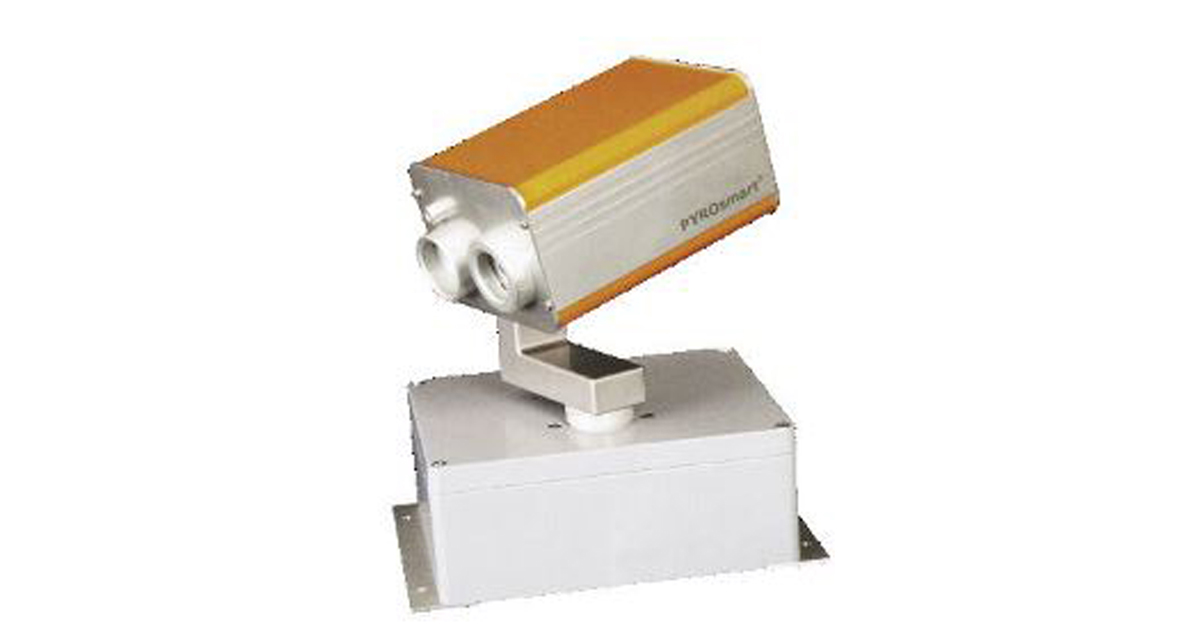
Thermal Imaging Cameras Help to Prevent Fires
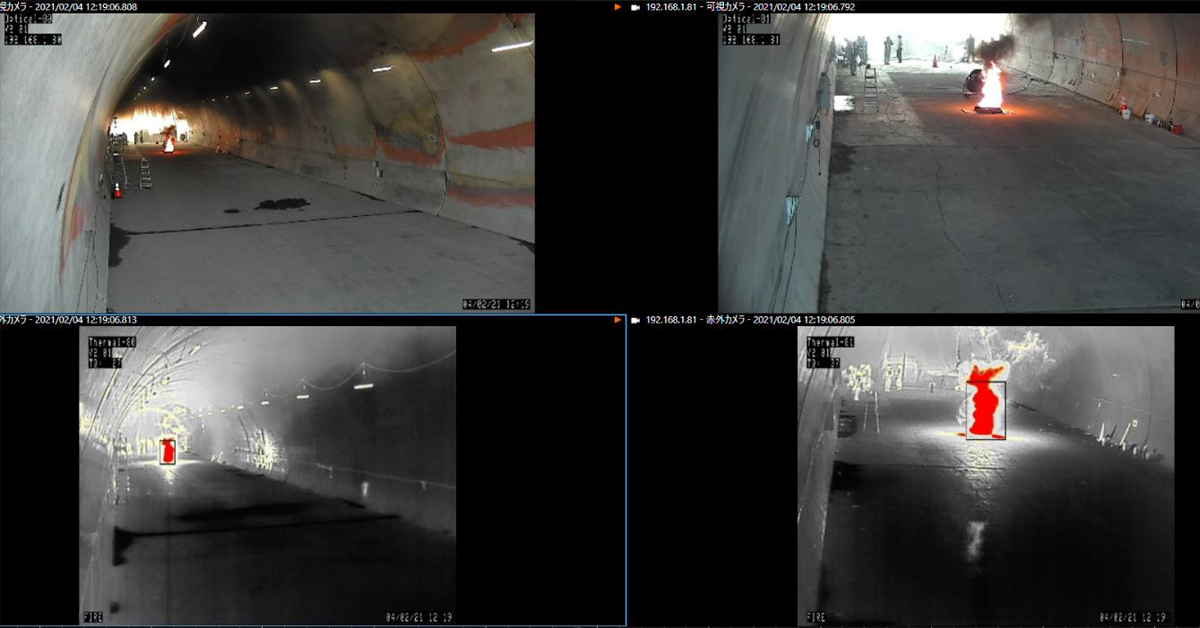
ITS-Series Dual AID Surpasses Standards for Fire Detection Systems in Japan
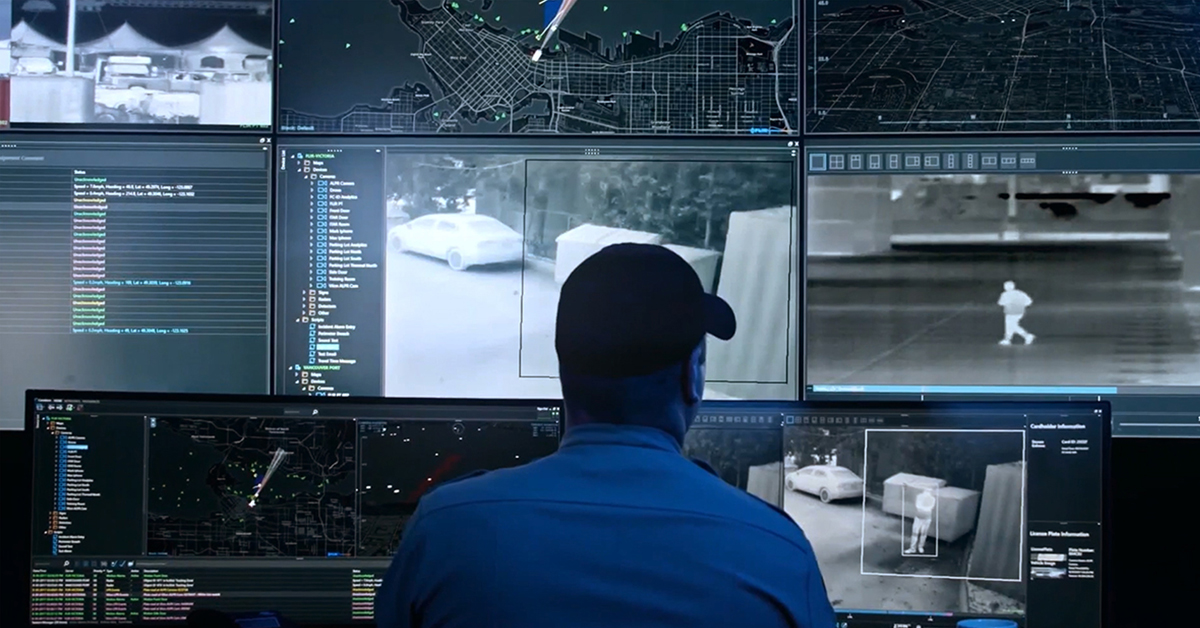
How Layering Multispectral PTZ Cameras and Radars Improve Perimeter Protection

POWER REMOTE RESET TECHNOLOGY - PRRT

Why Yacht Owners are Adding Thermal Imaging Cameras to Minimise the Risk of Lithium-Ion Battery Fires?
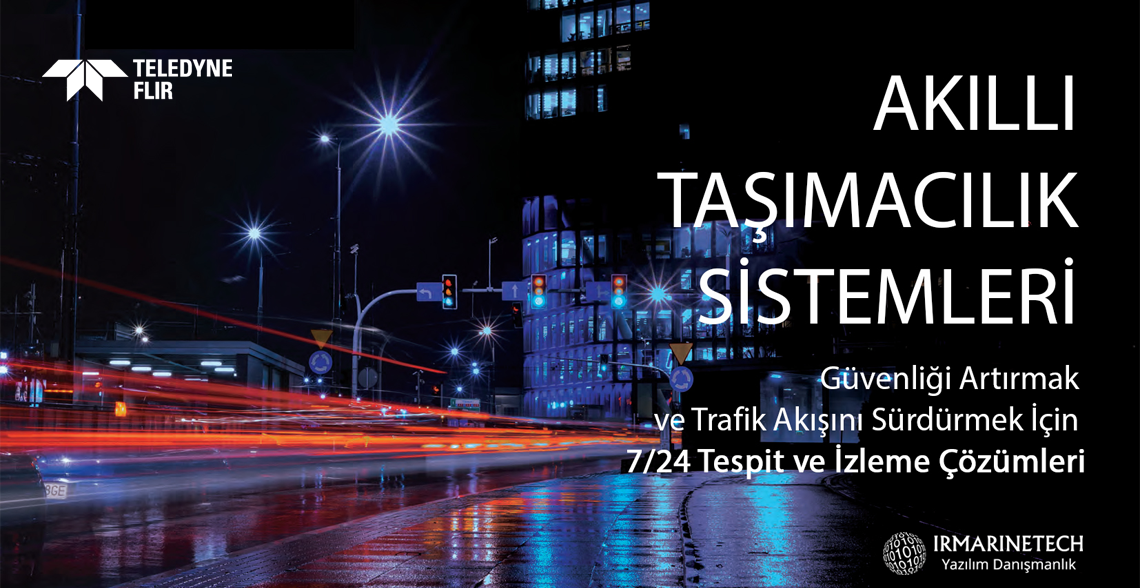
Intelligent Transportation Systems
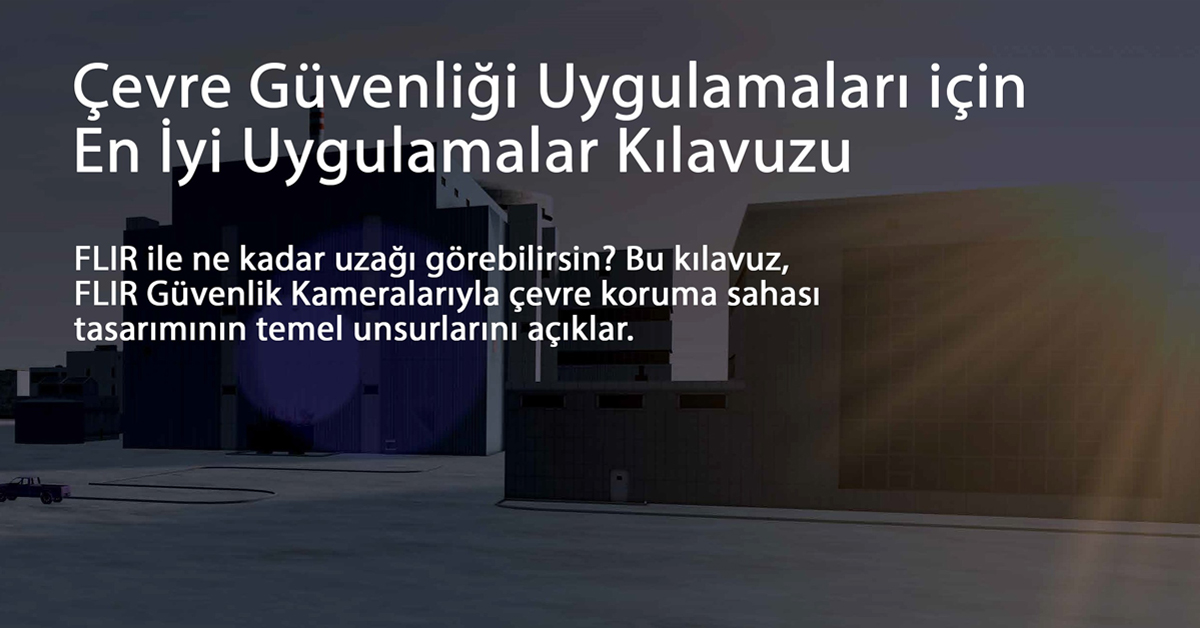
Best Practices Guide for Perimeter Security Applications

Protect Pedestrians, Bicyclists and More with Thermal Smart Sensors
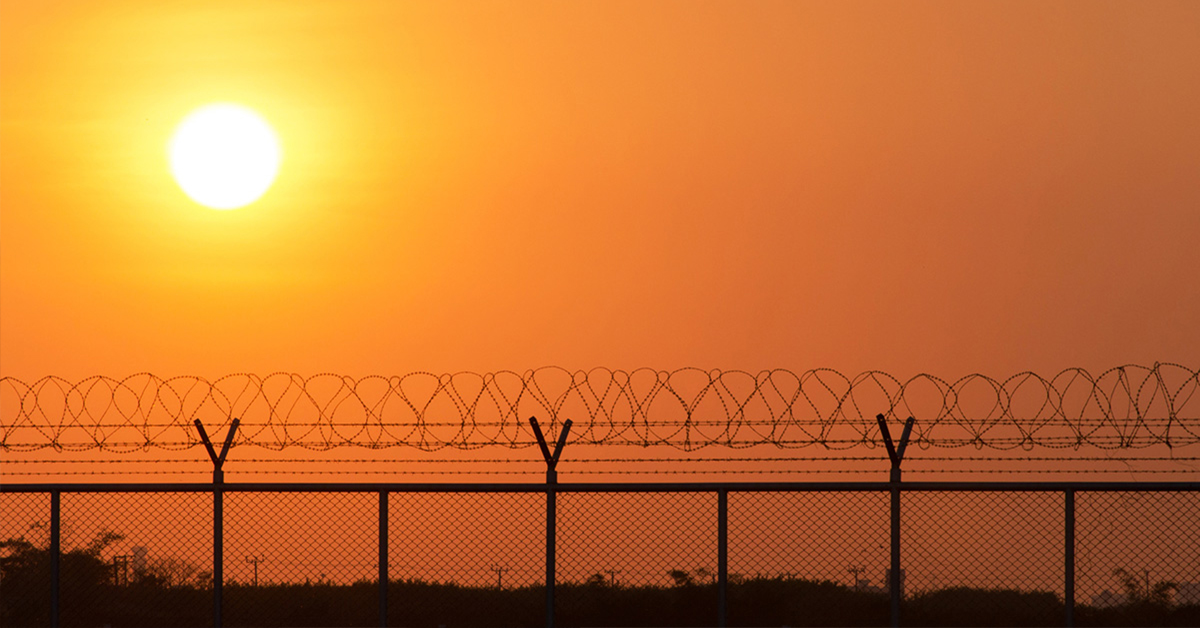
White Paper: Application of Ground-Based Security Radar to Perimeter Systems
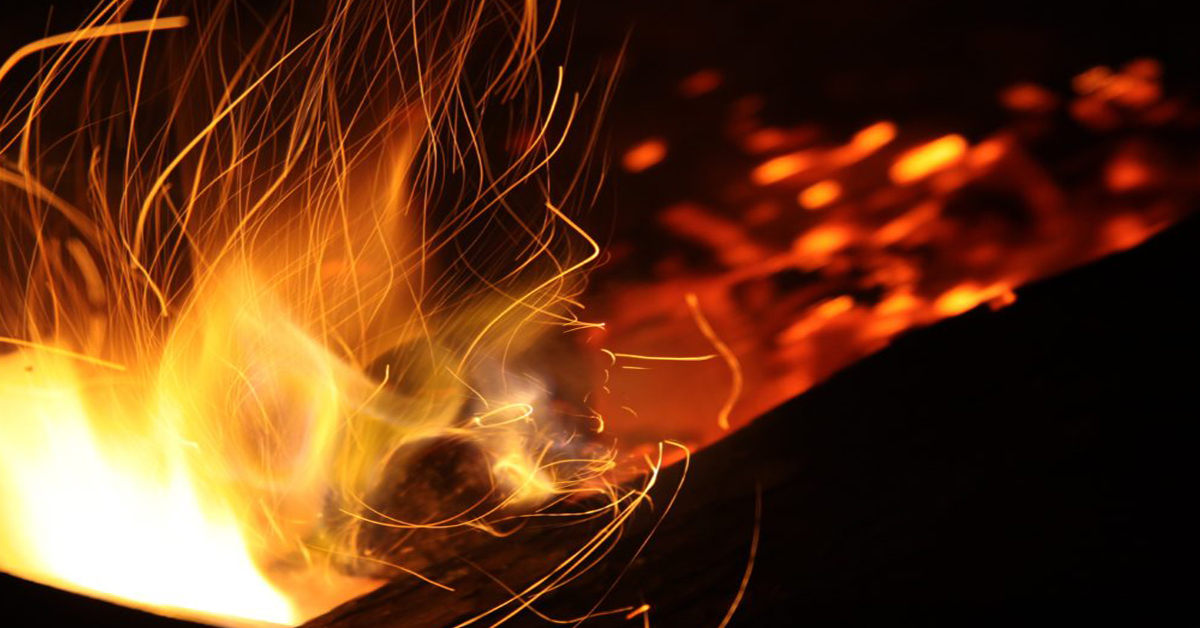
What is Thermal Leakage and How to Reduce Its Risks
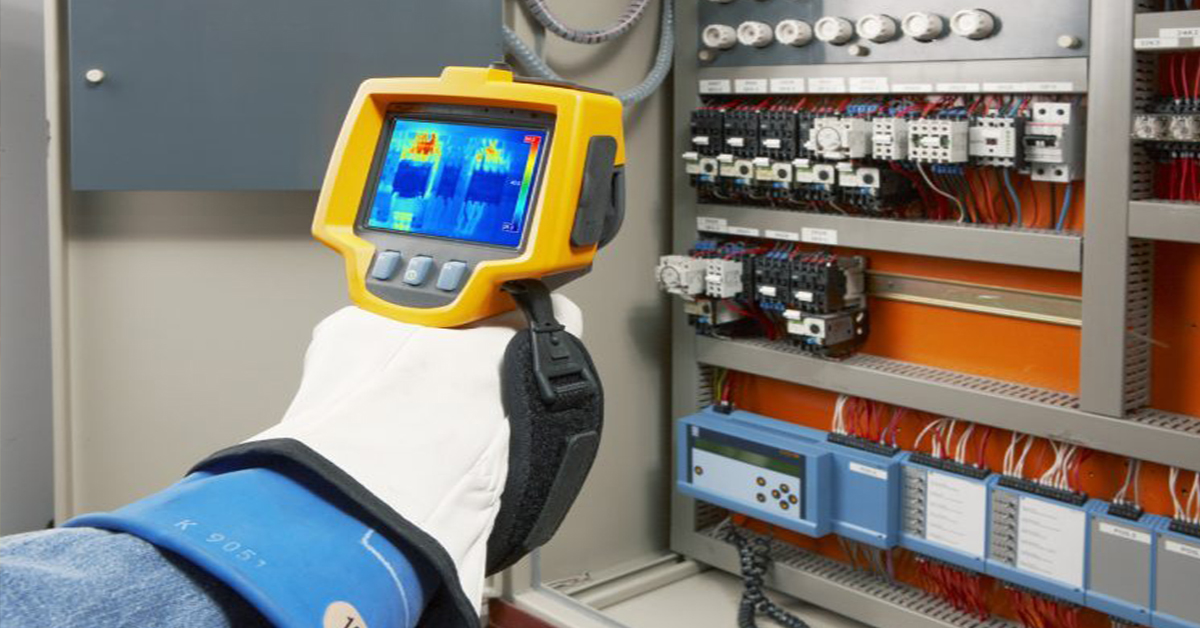
Battery Inspection Using Advanced Thermography
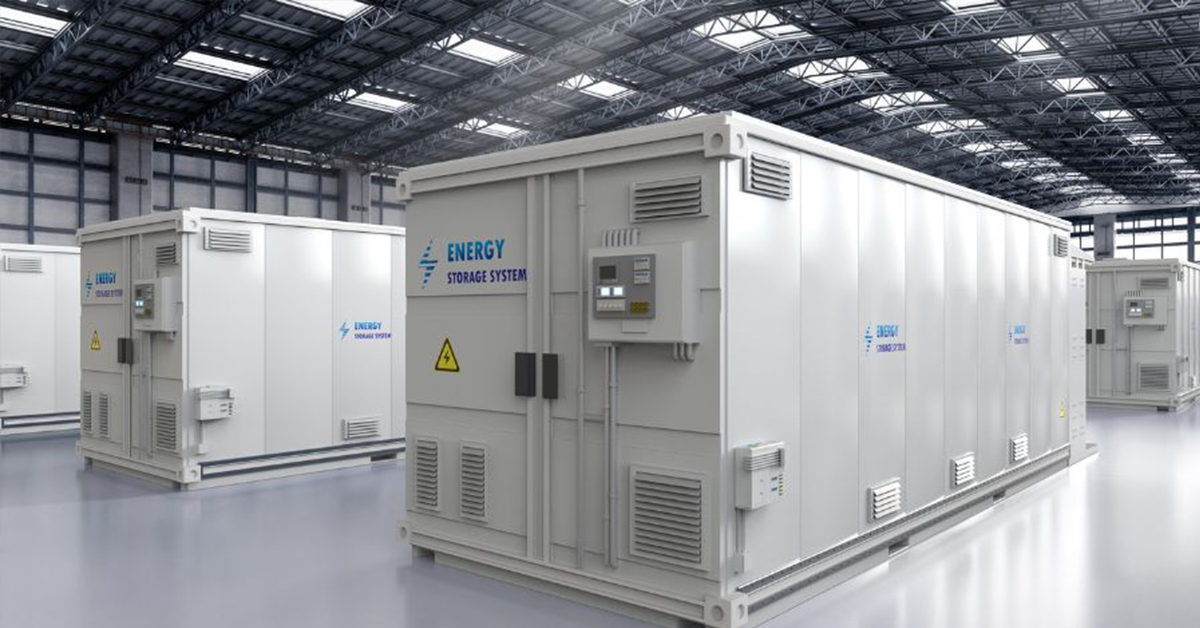
Providing ire Protection for Lithium Battery Storage
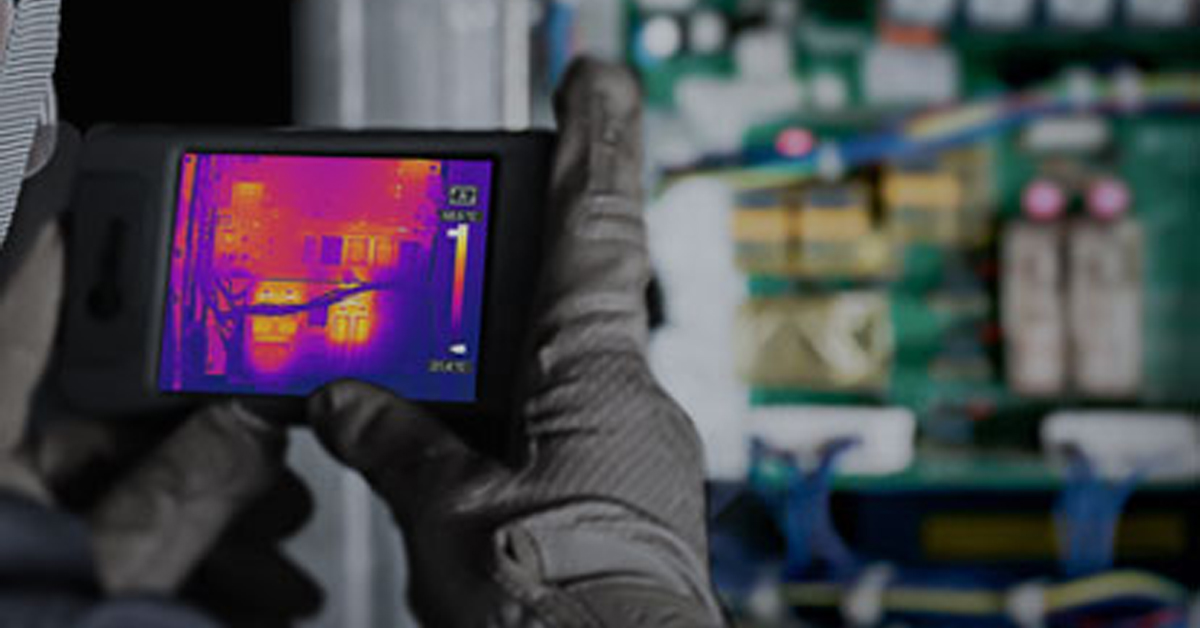
The Power of Thermal Imaging
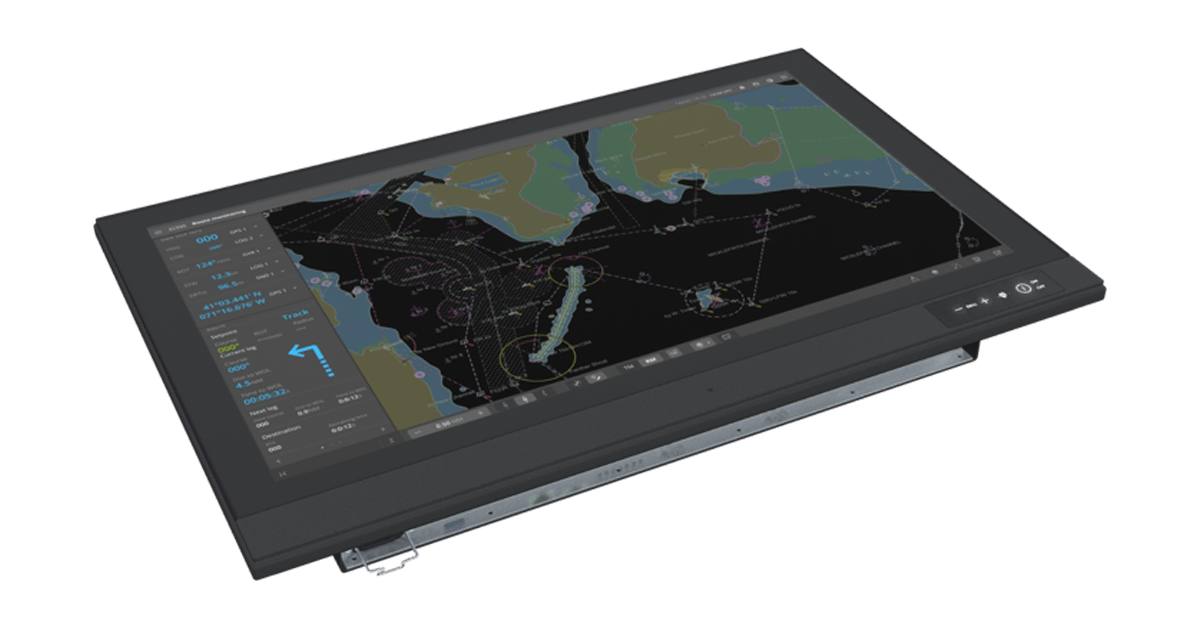
Why Panel PCs Are Perfect For Industrial Applications?

Teledyne DALSA
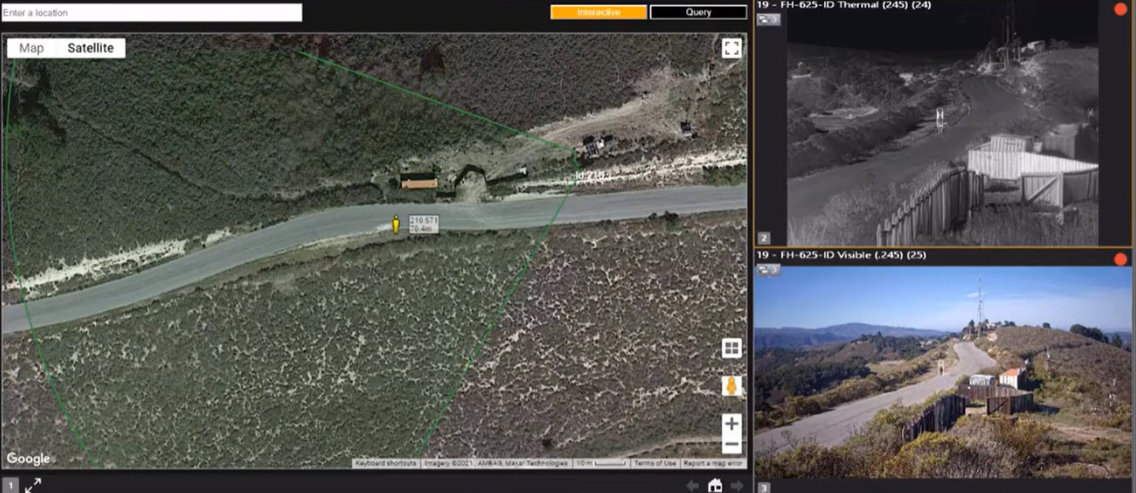
Advantages of Virtual Barrier Video Analytics for Perimeter Security Systems

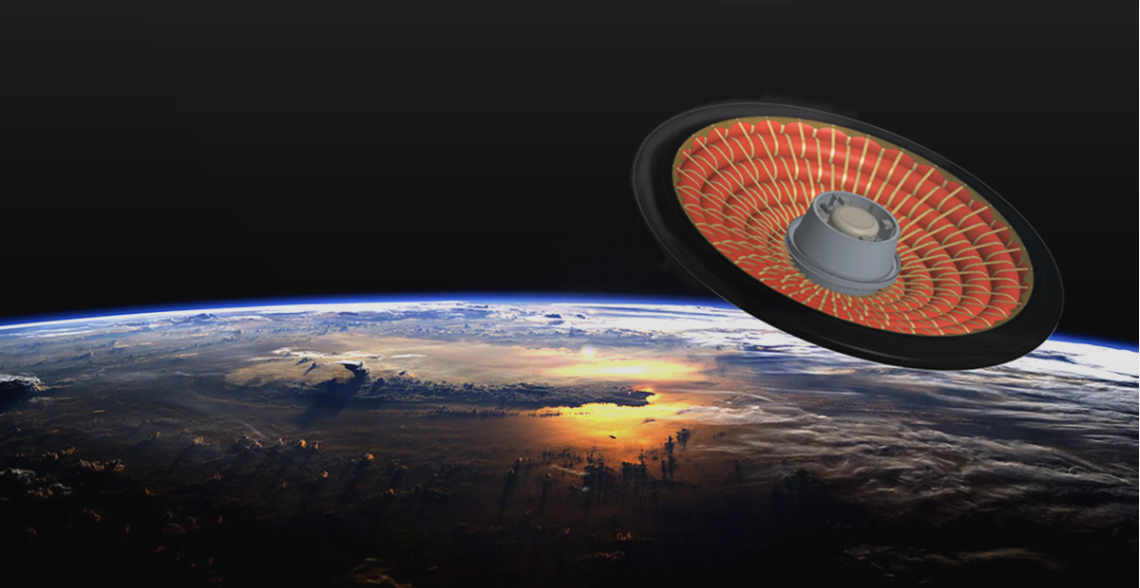
NASA Takes the Teledyne FLIR Boson Thermal Camera Module Out of this World

Port Security Enhancement: DP World Yarımca's Trust in FLIR Security Solutions for Effective and Safe Port Operations
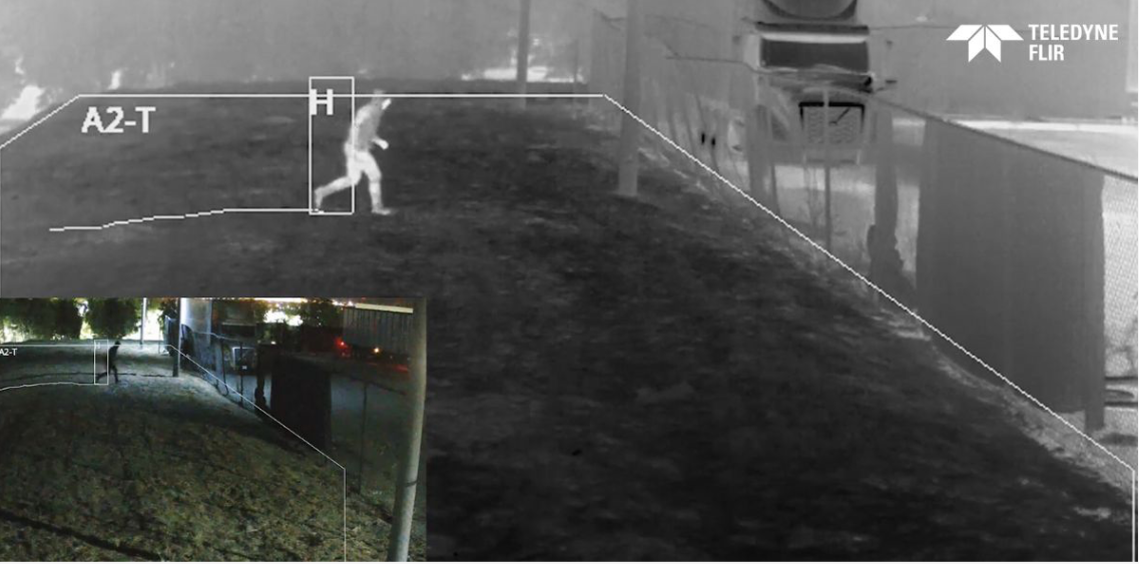
The Importance of Thermal Sensitivity (NETD) for Detection Accuracy

Bosphorus Boat Show 2025: The Meeting Point of the Maritime World
